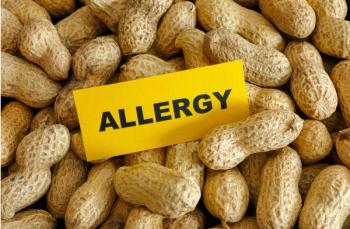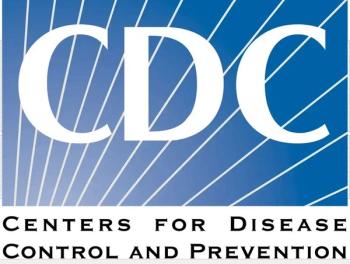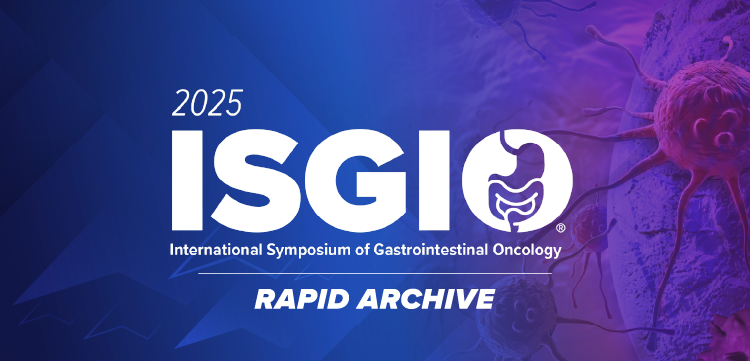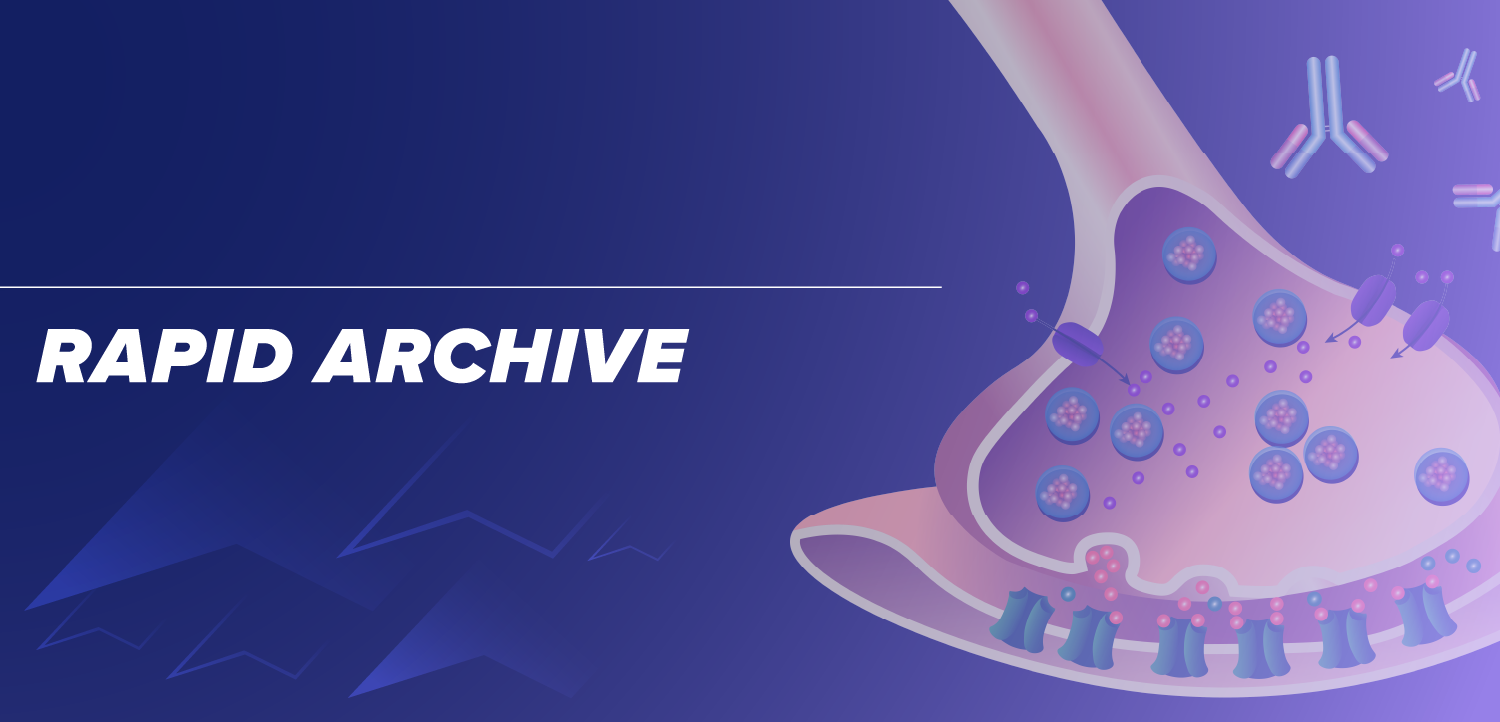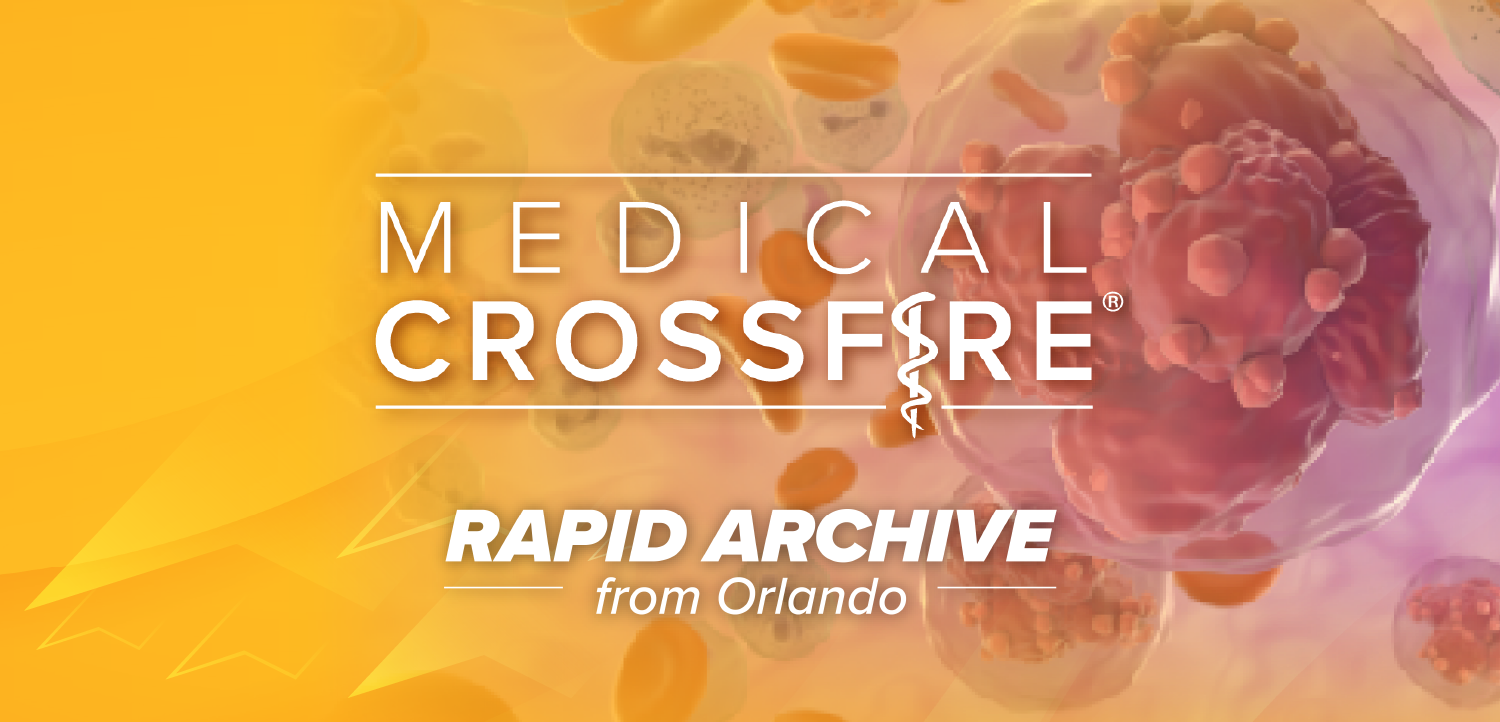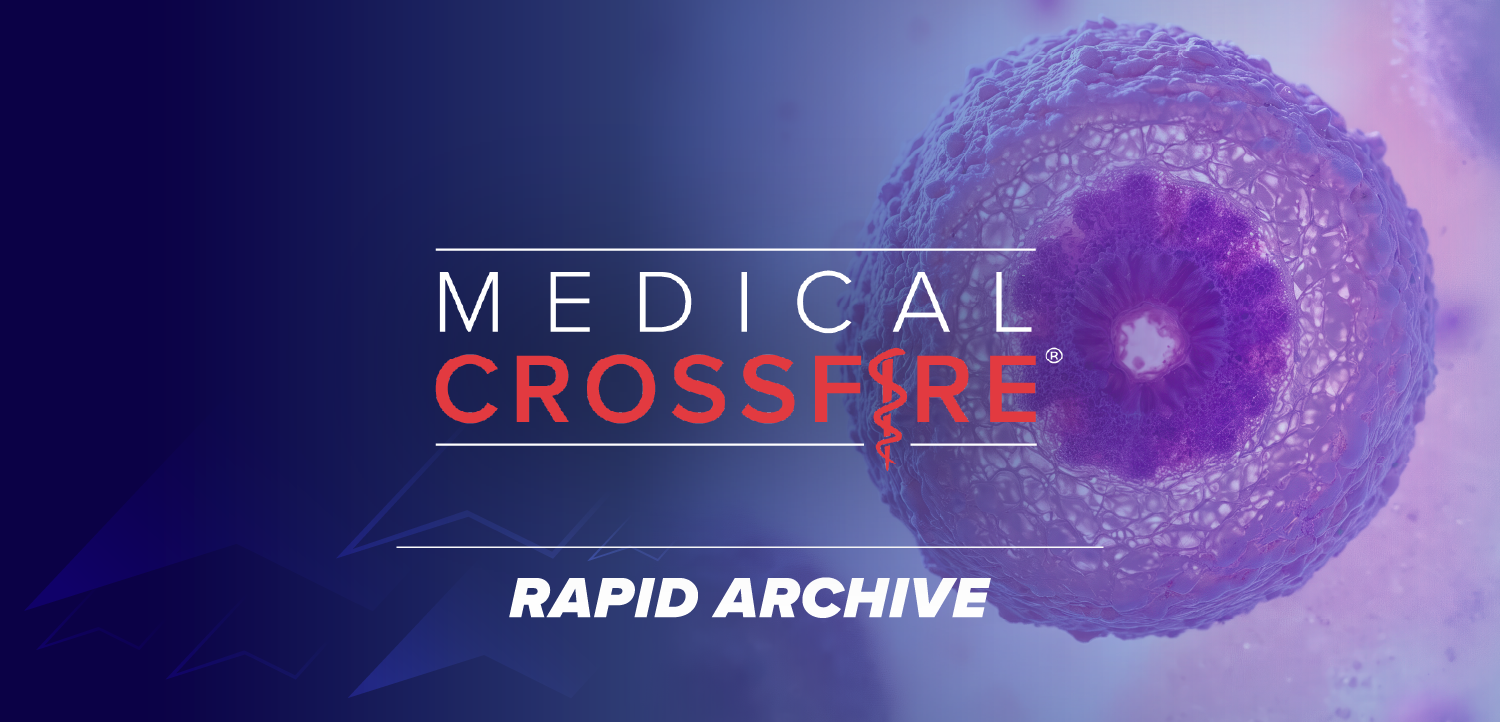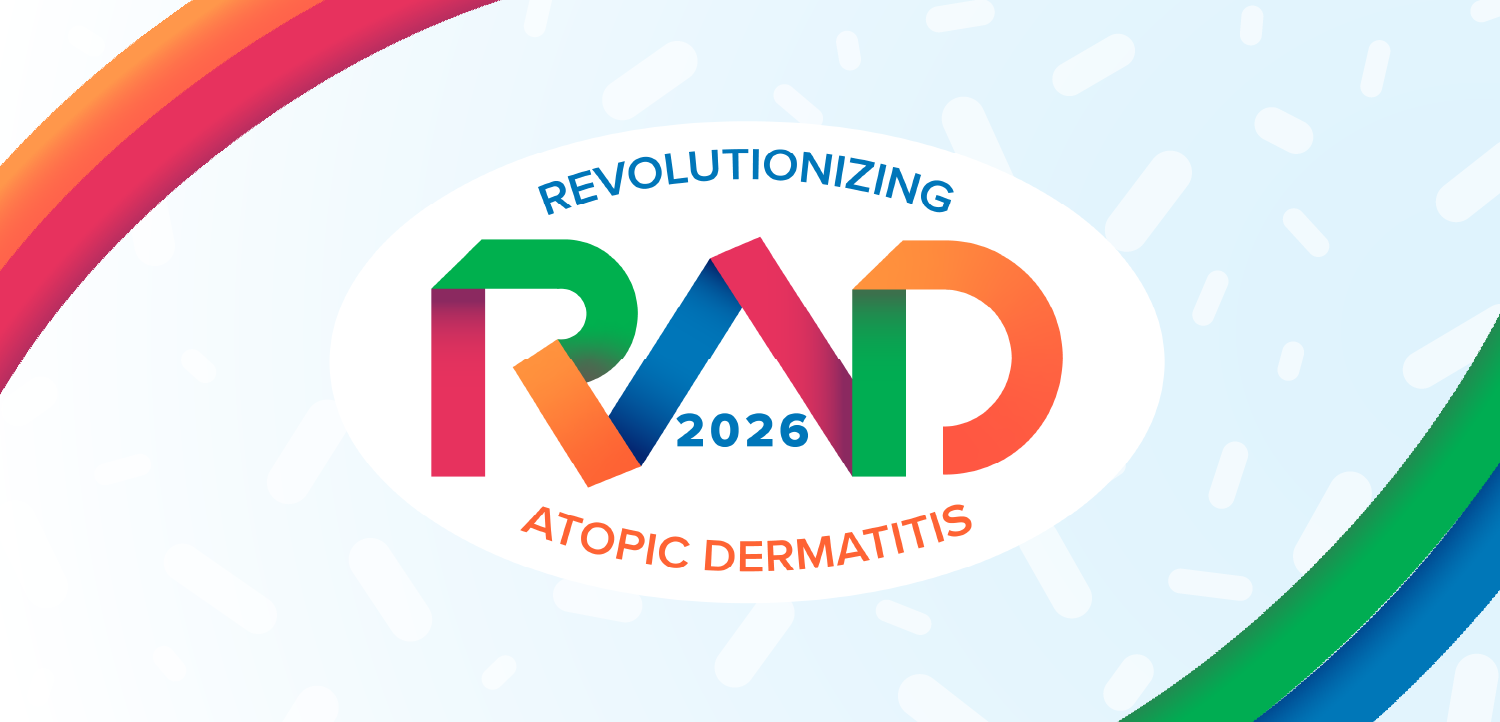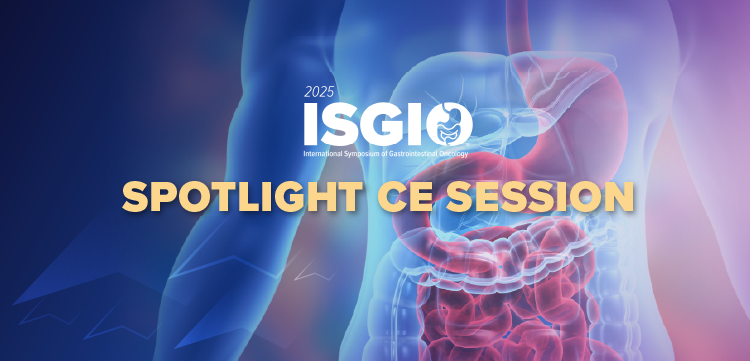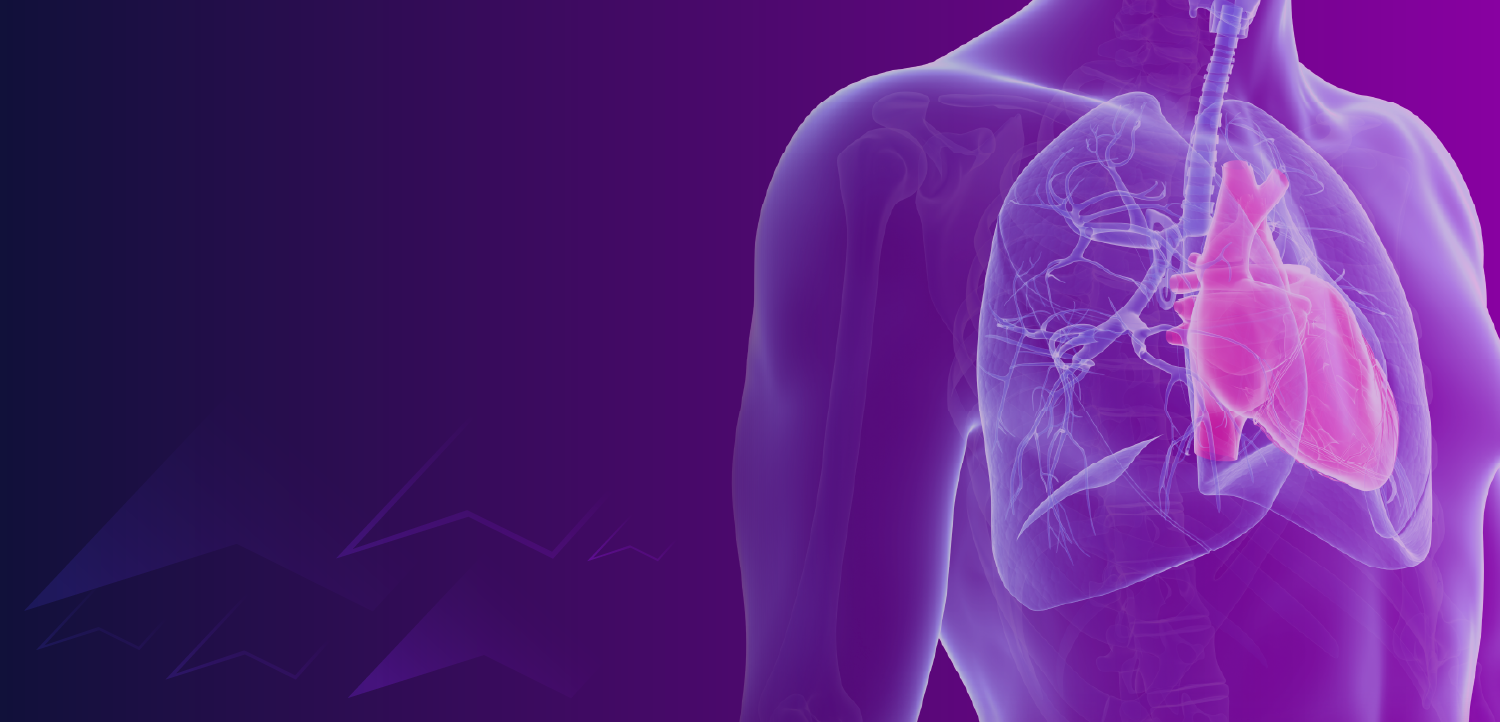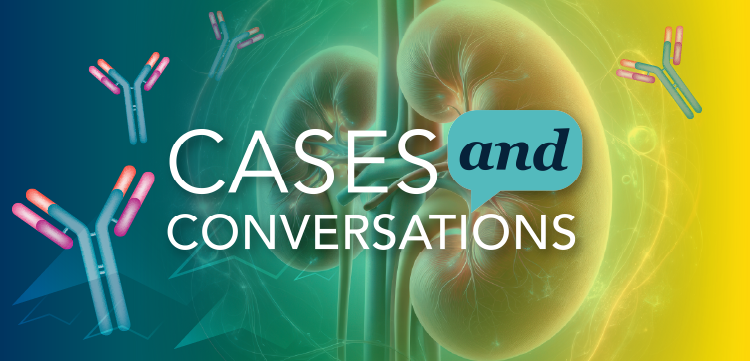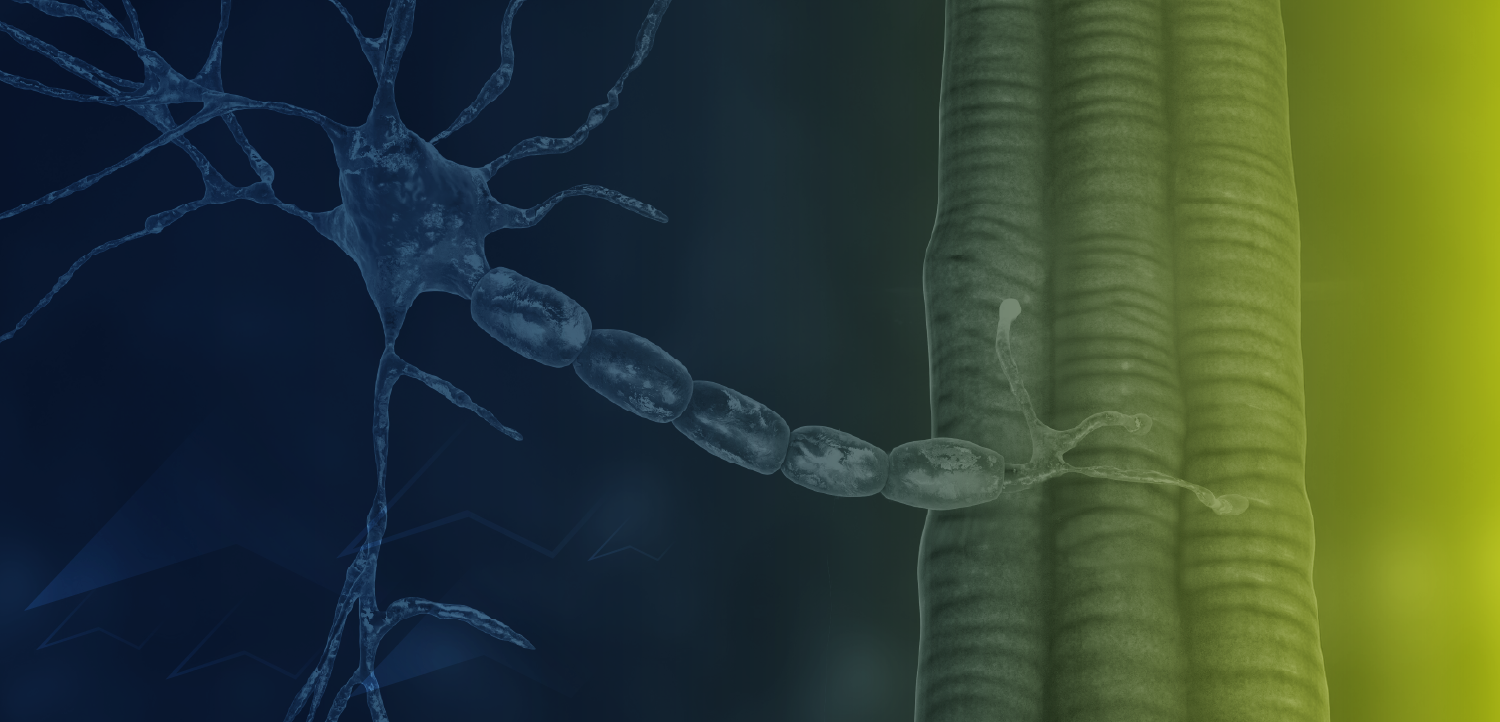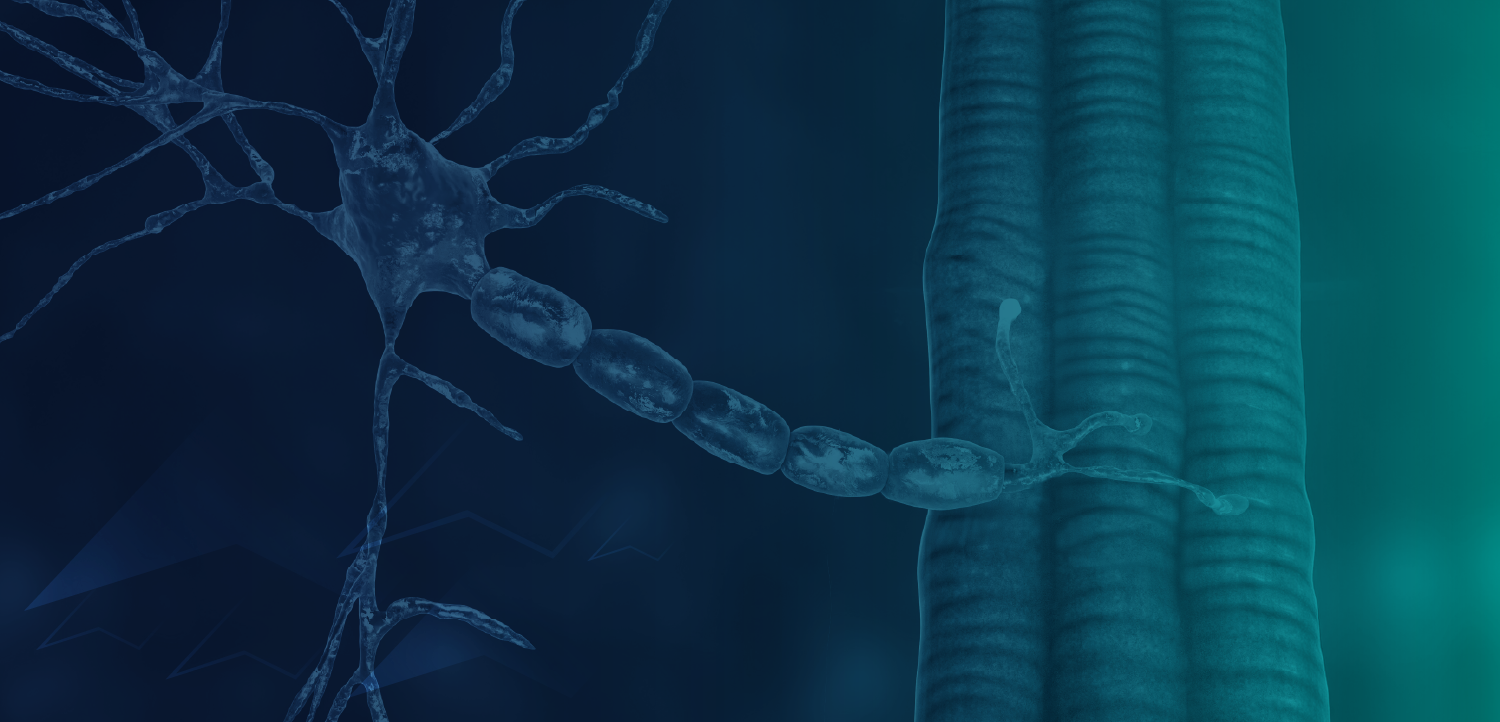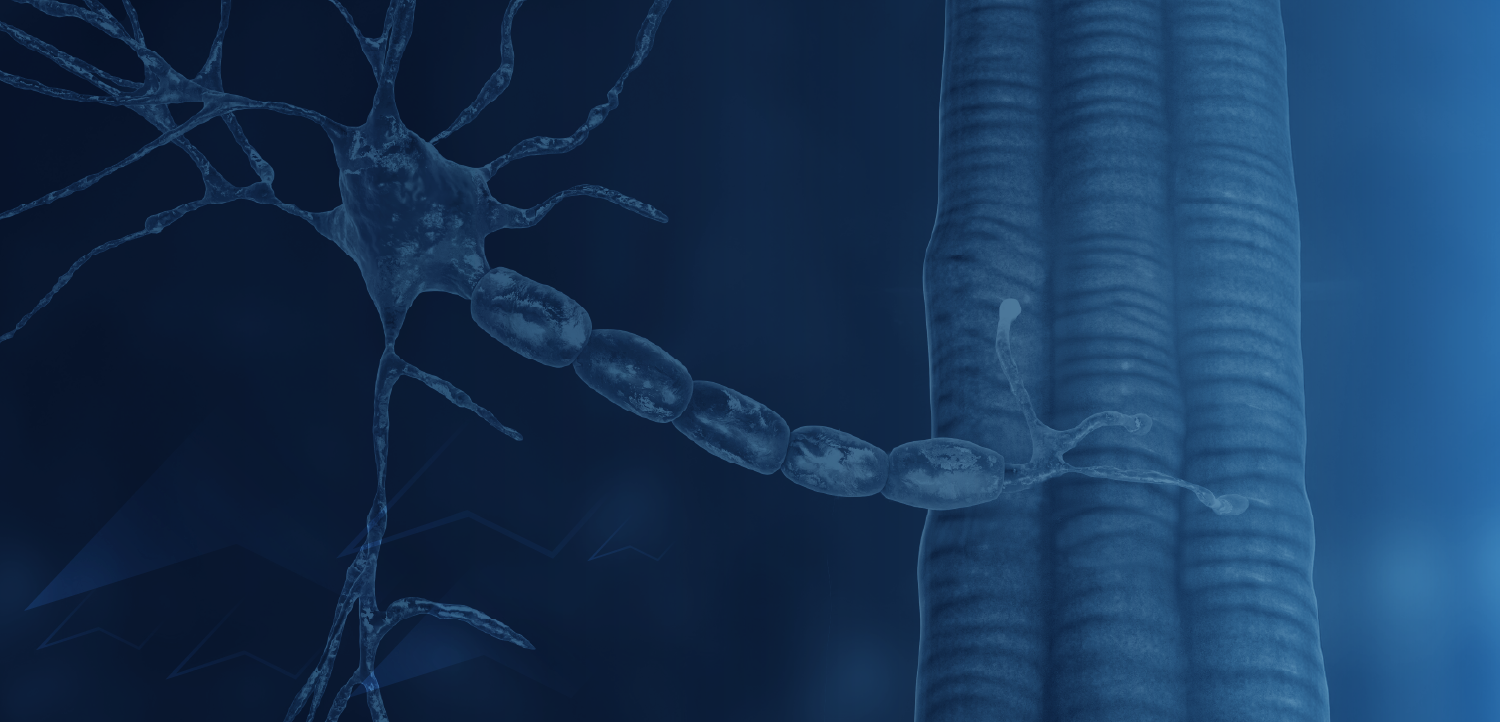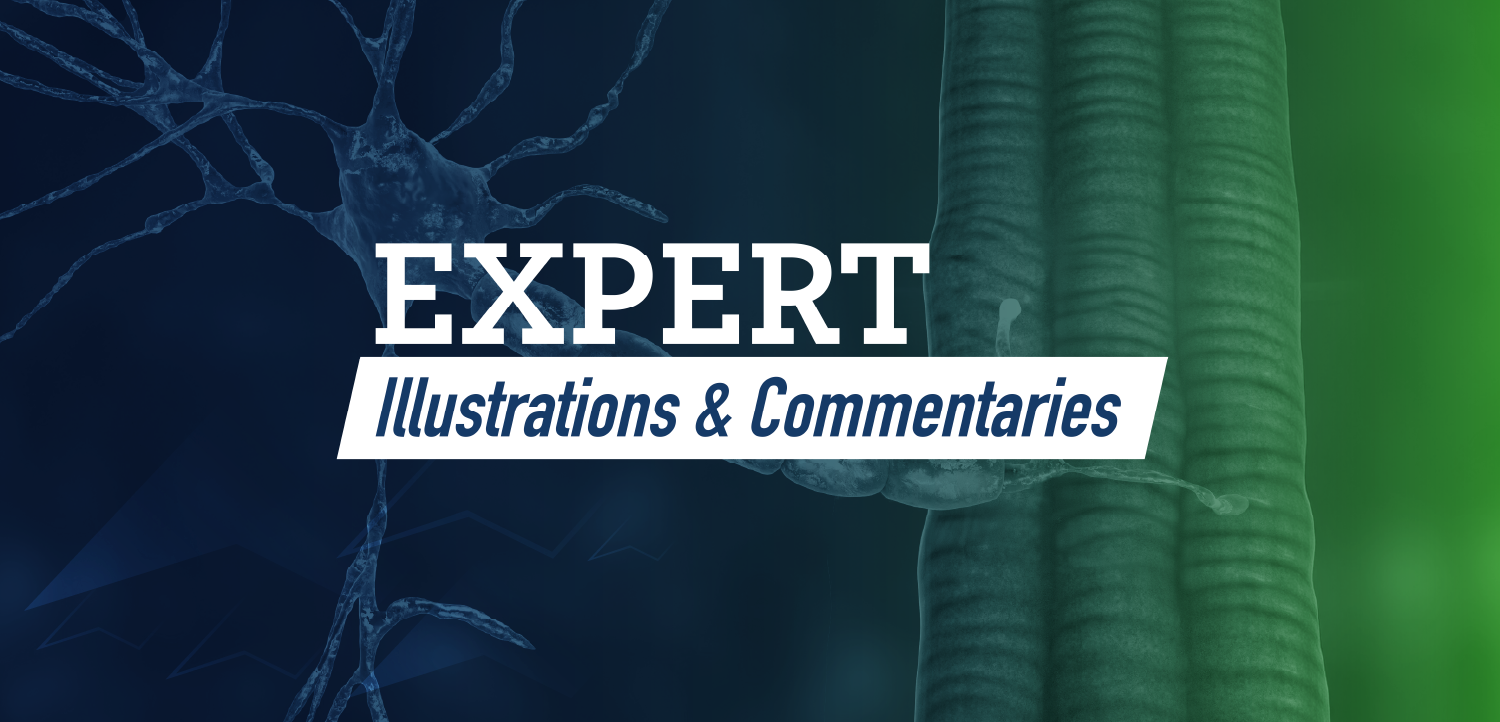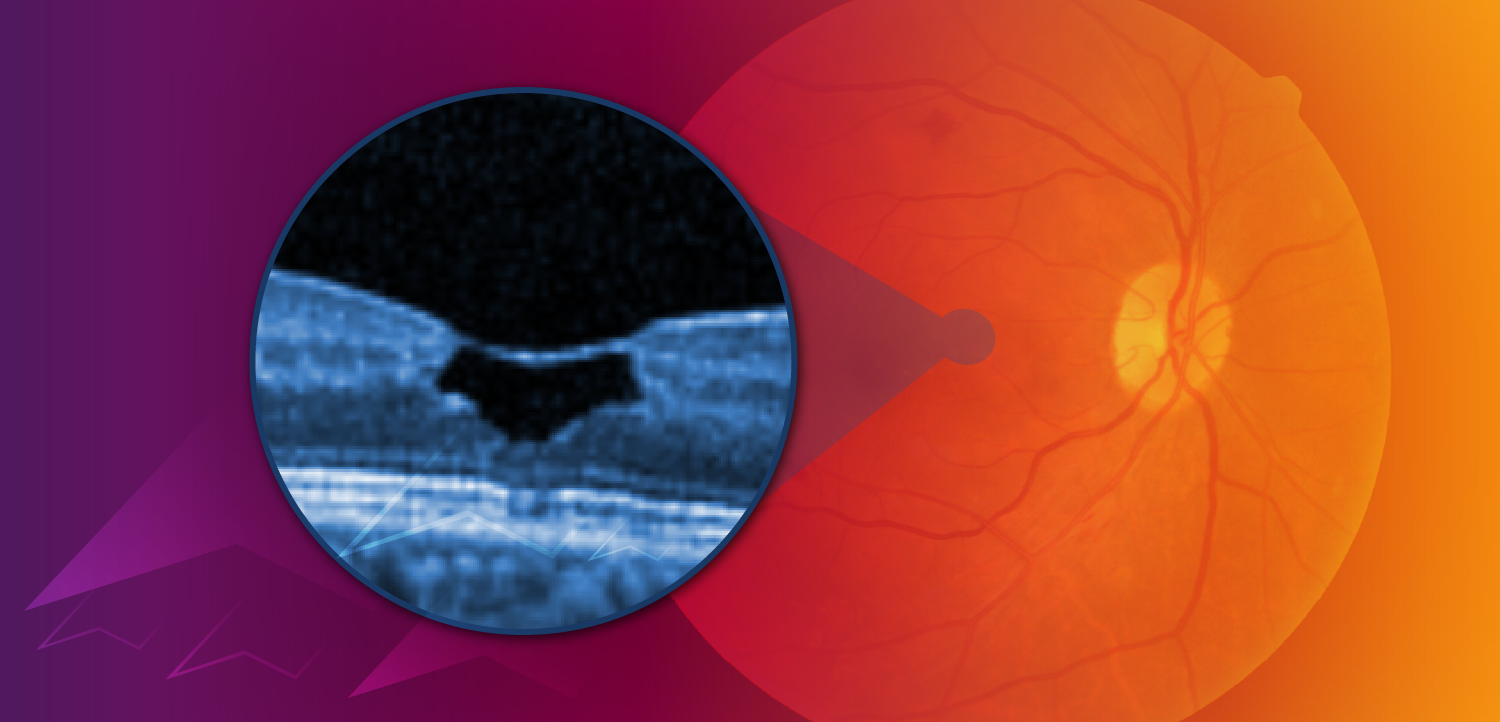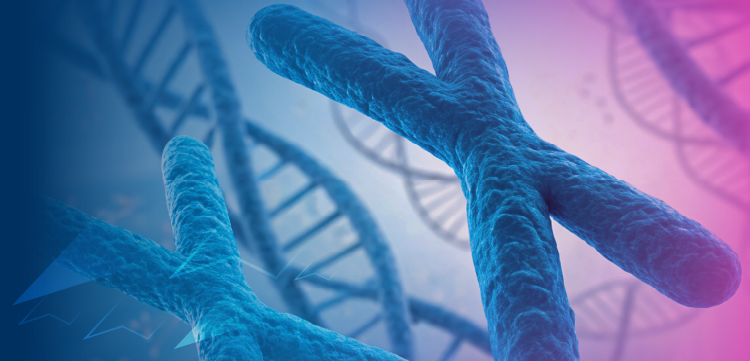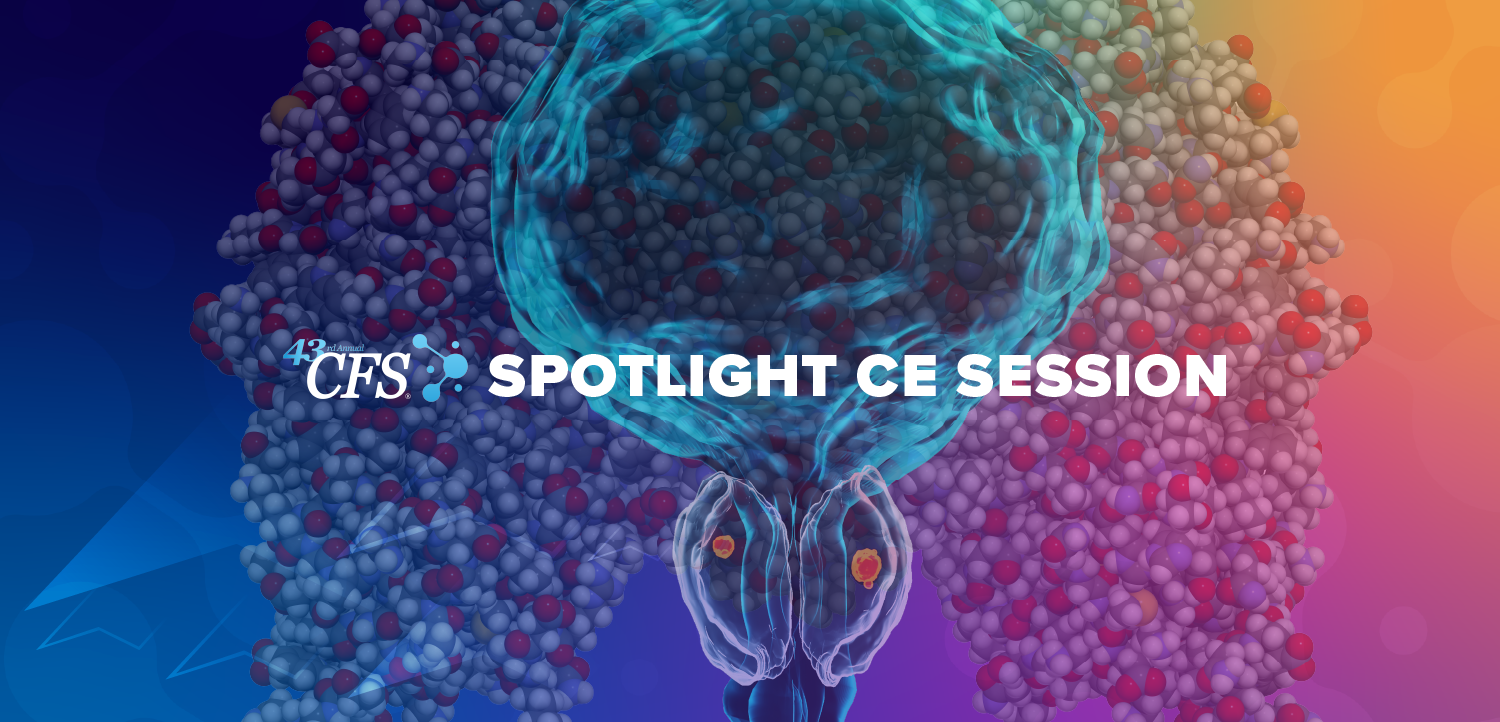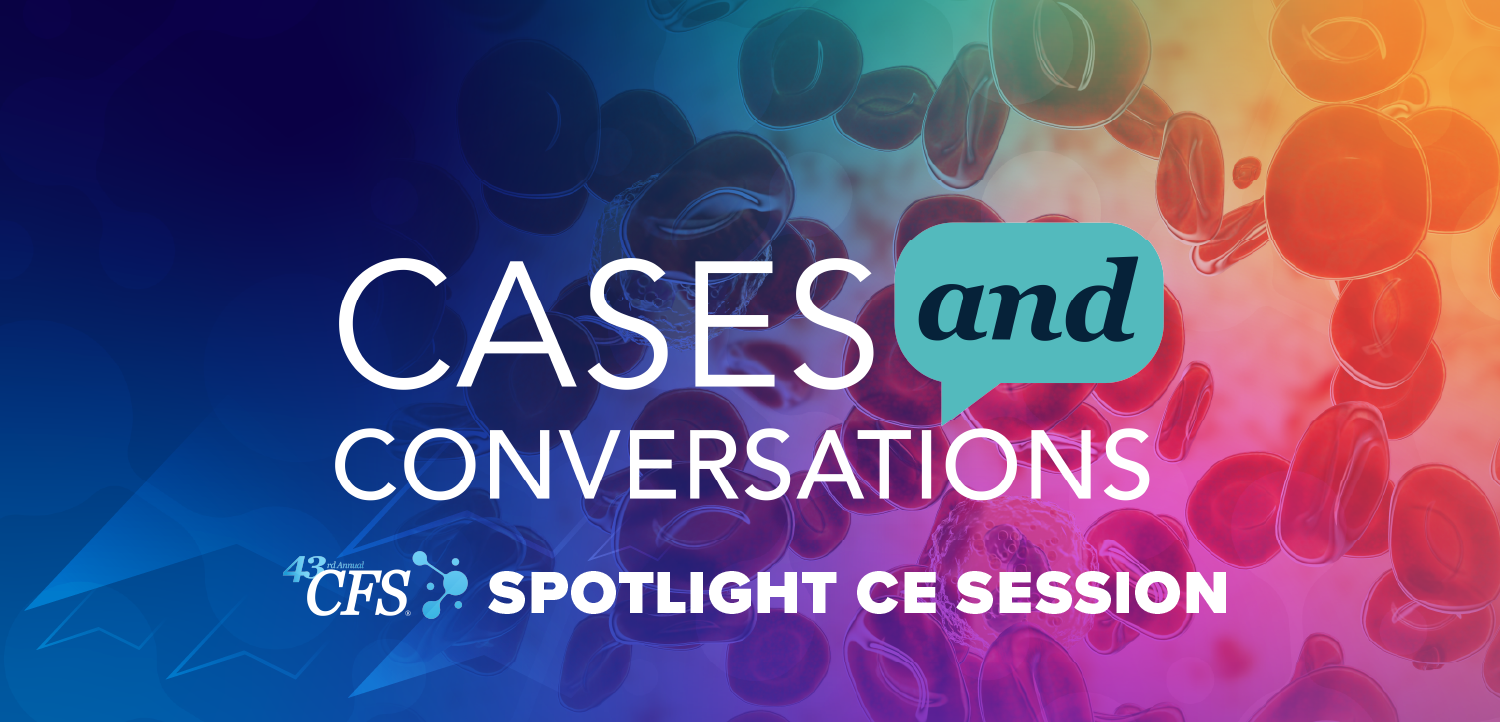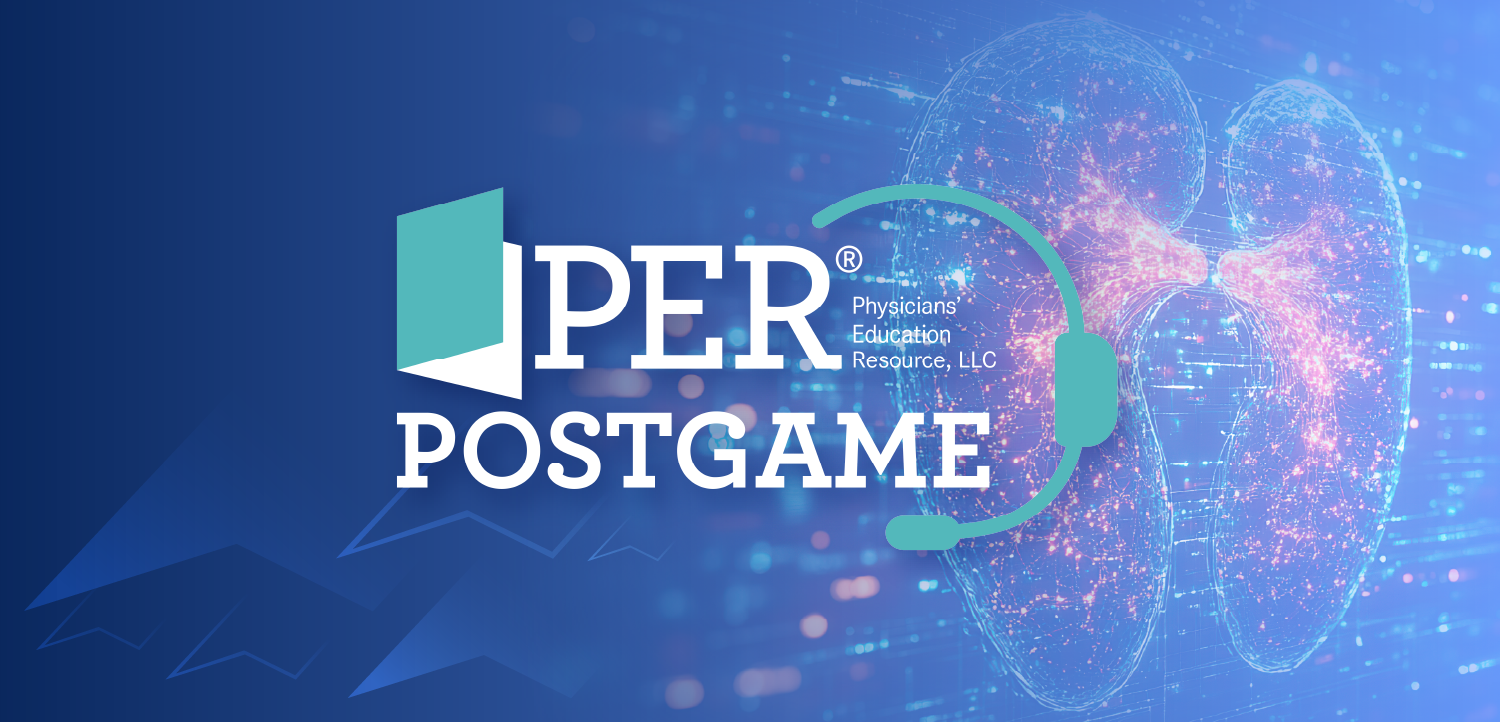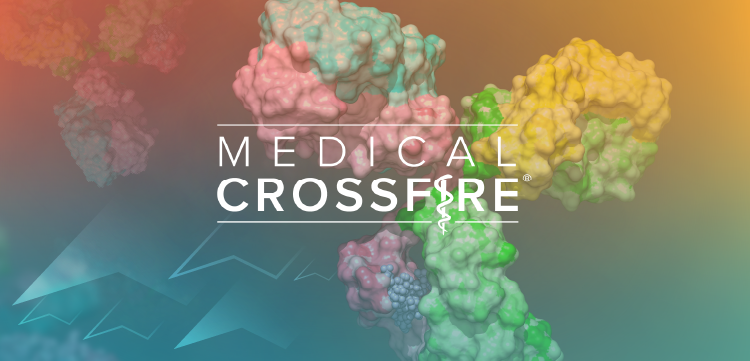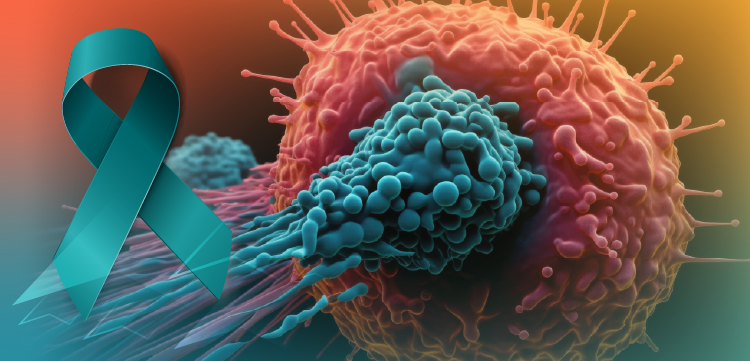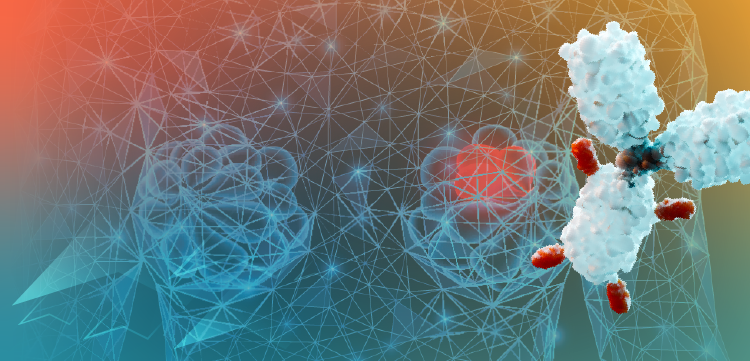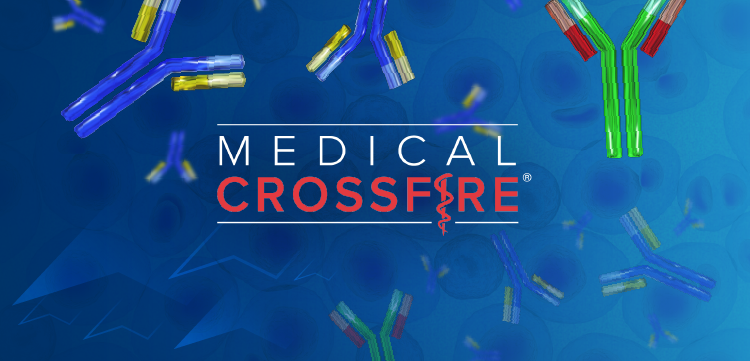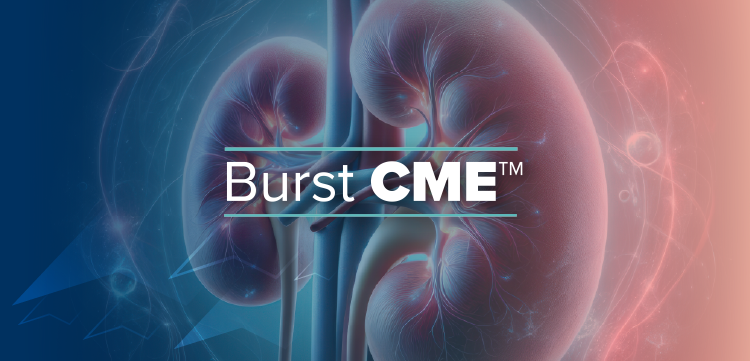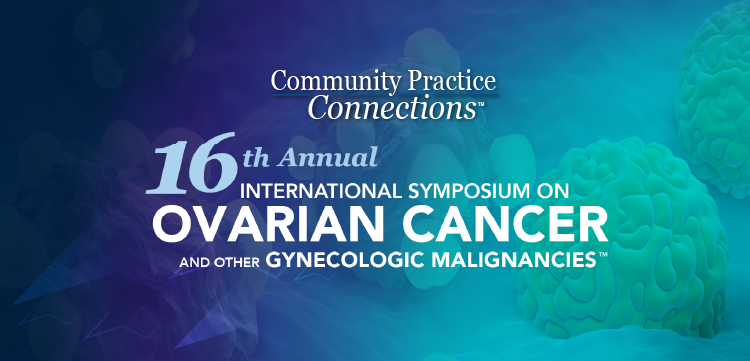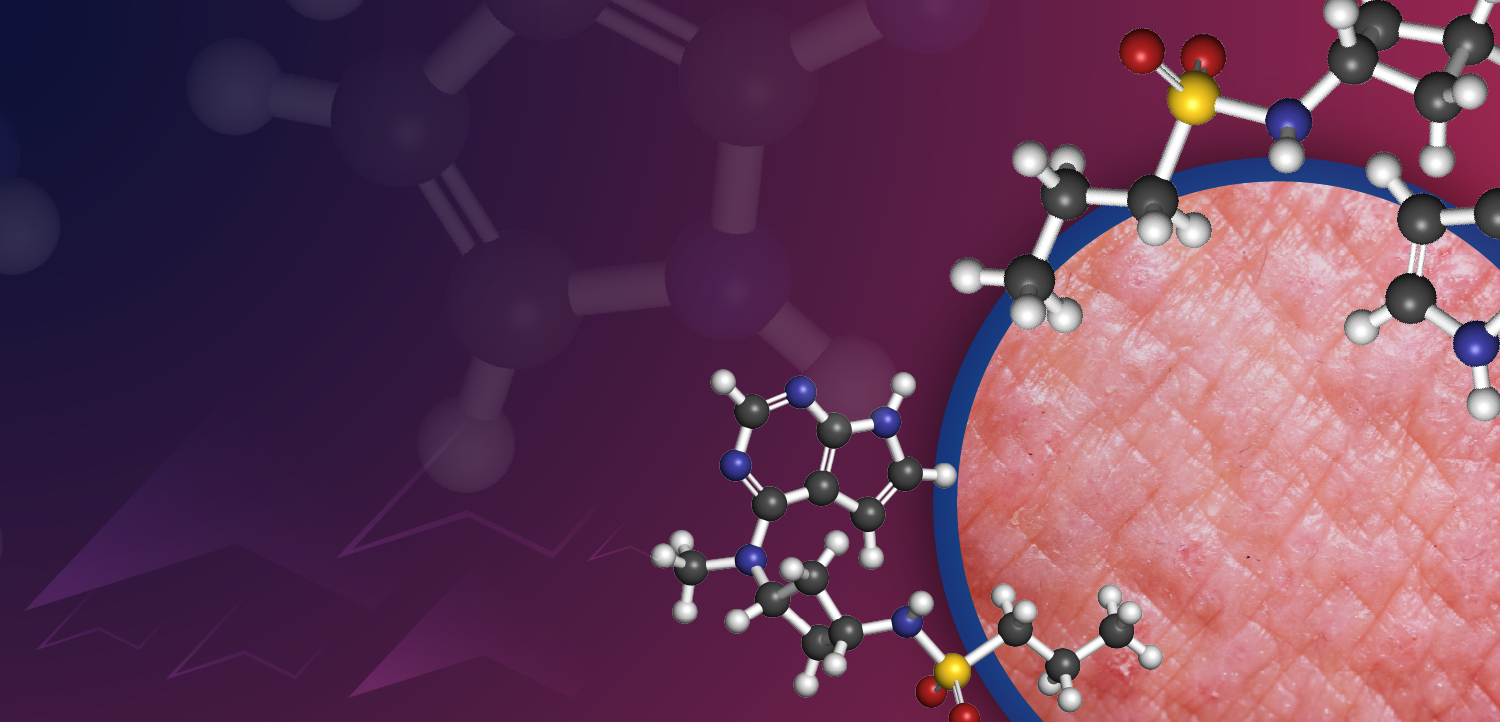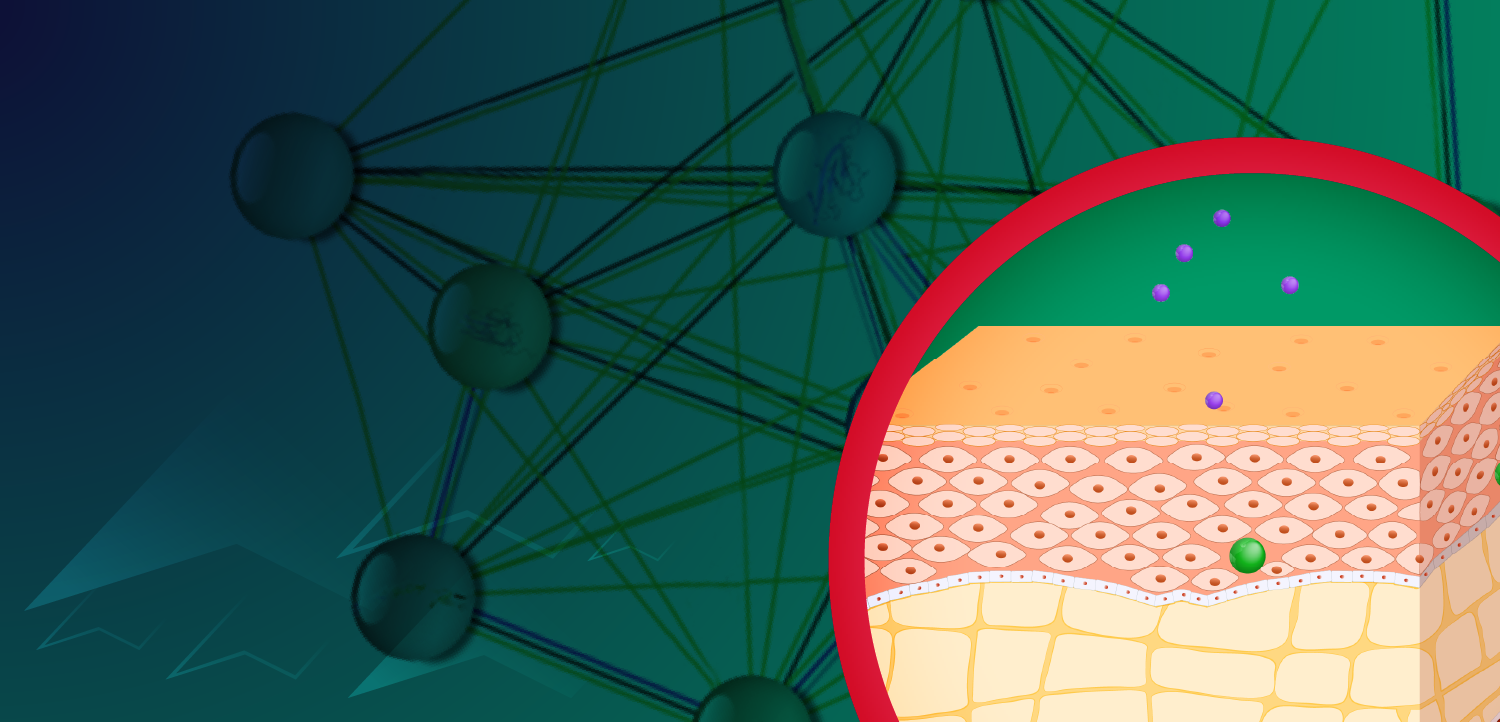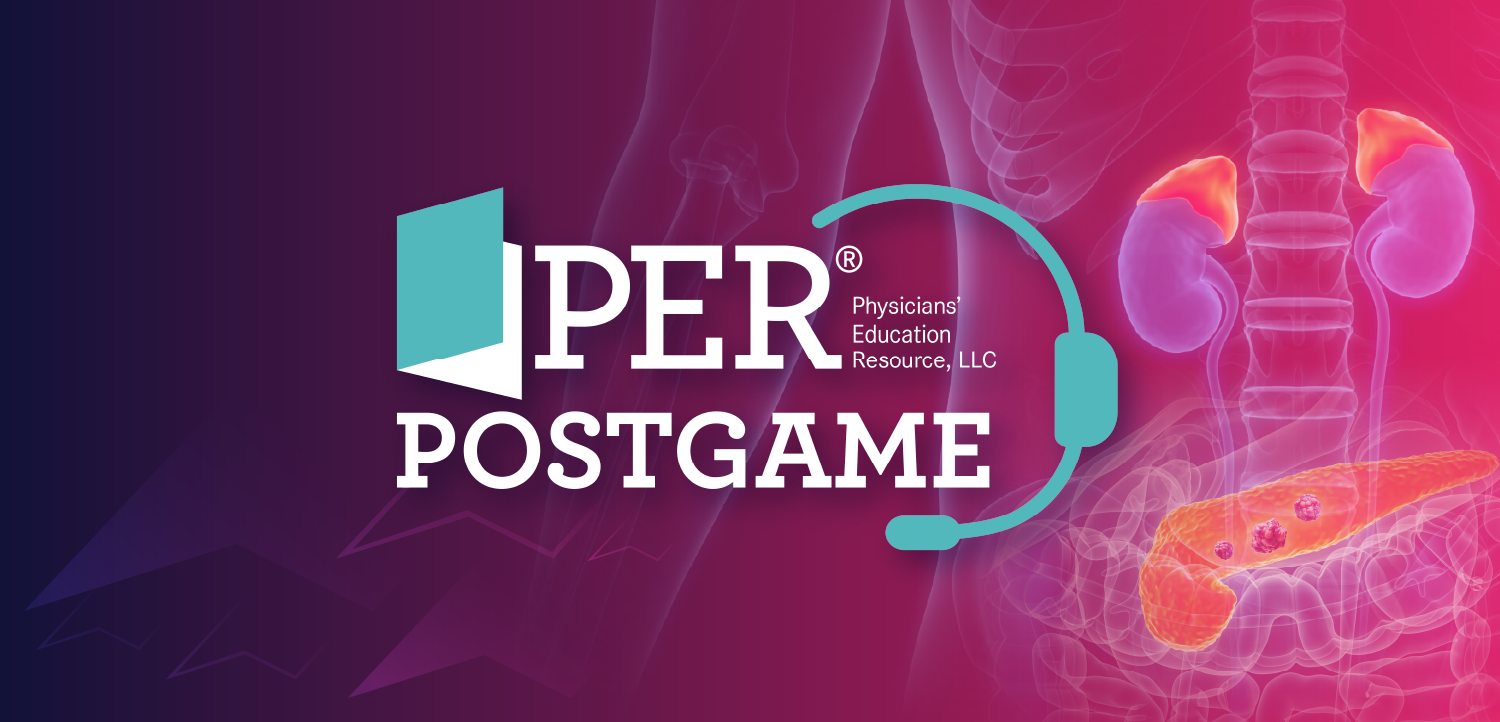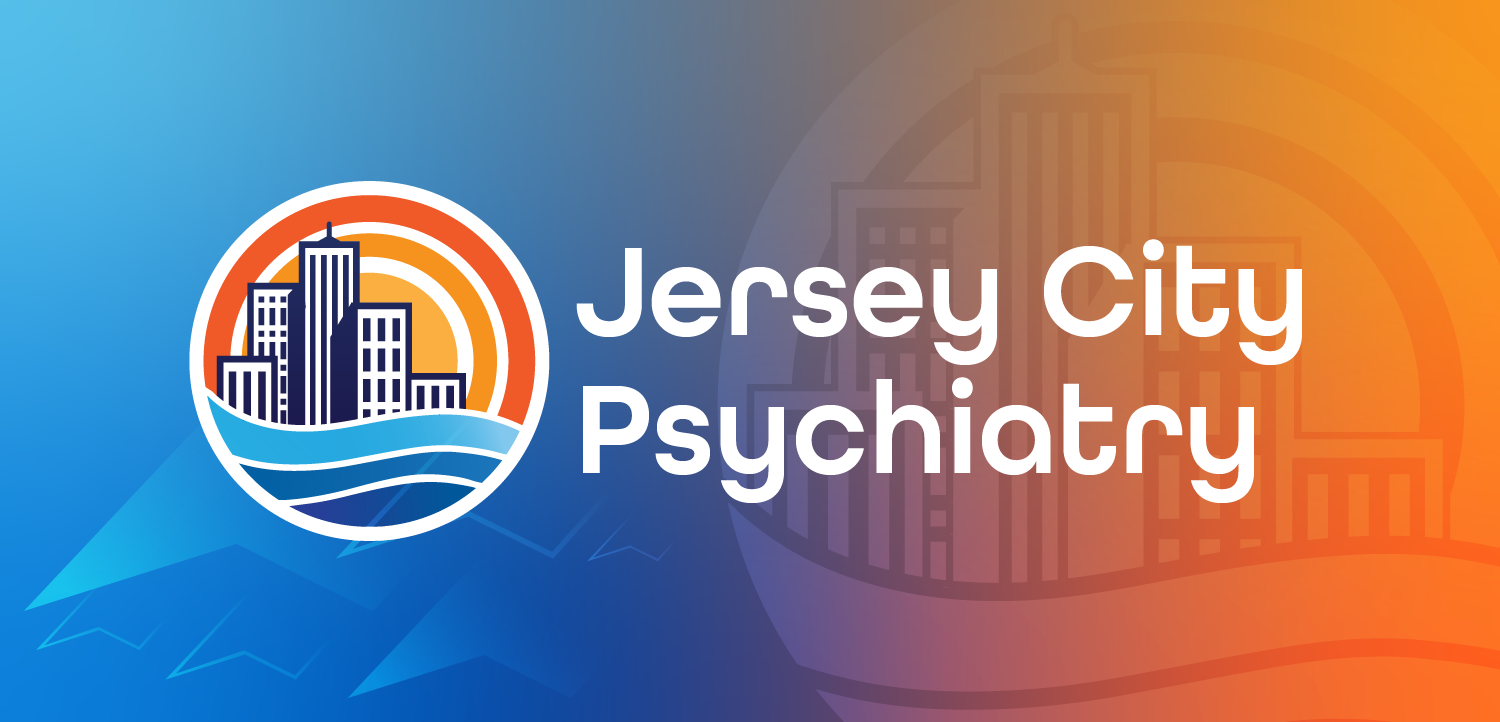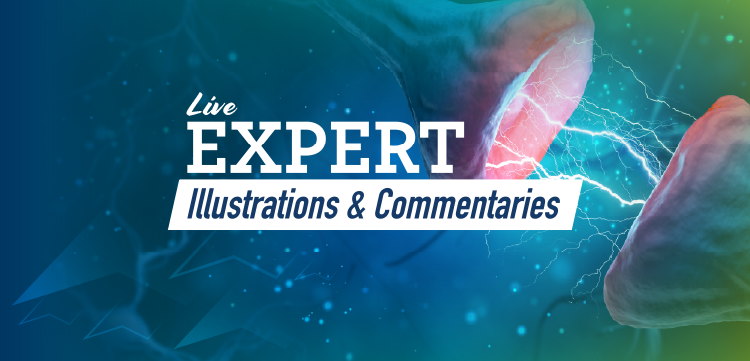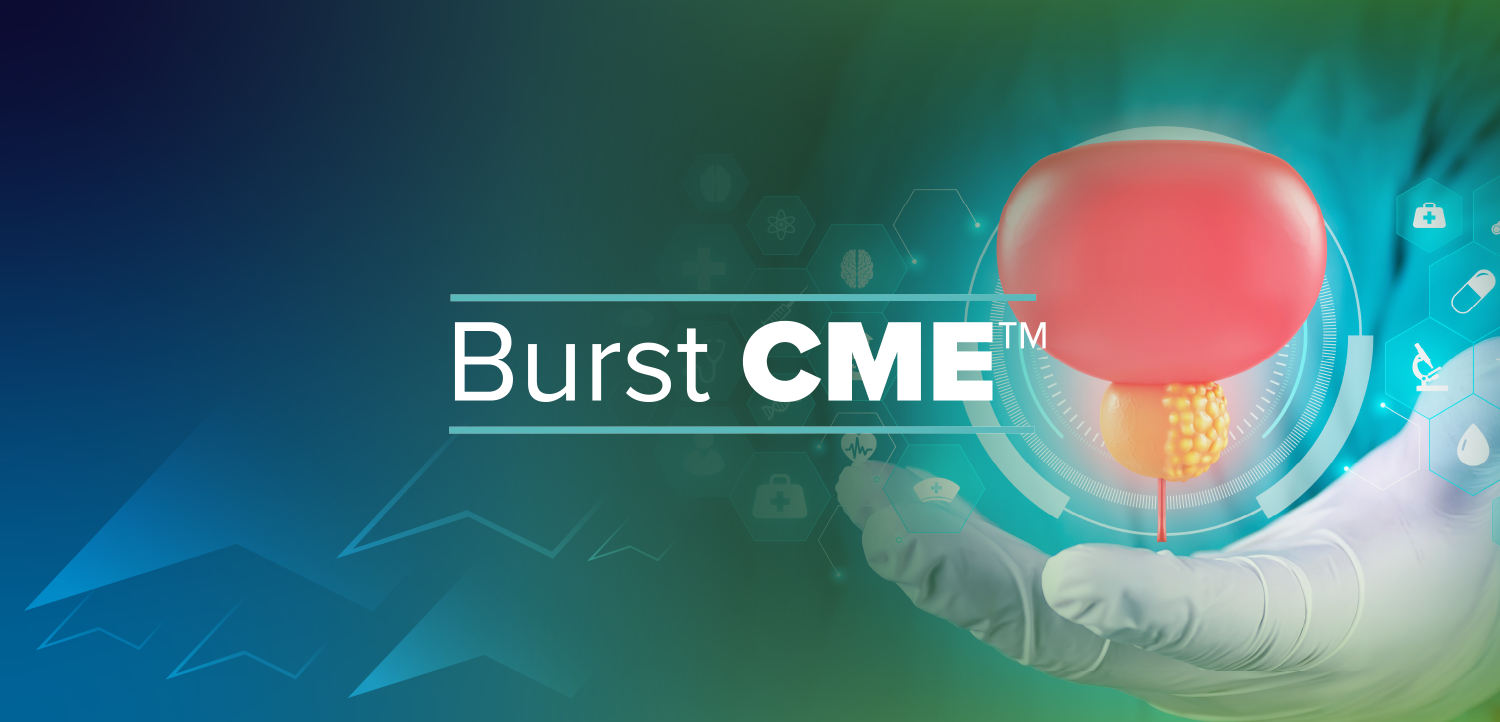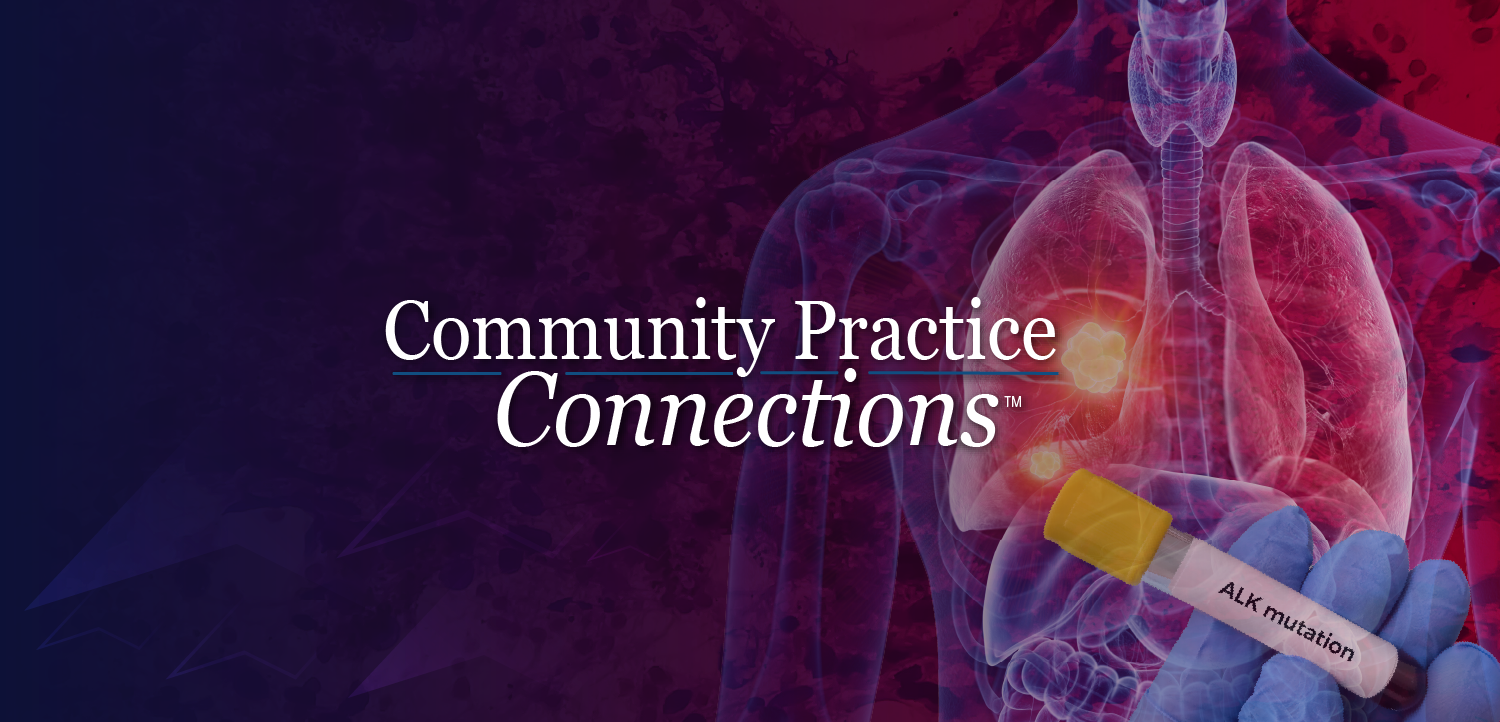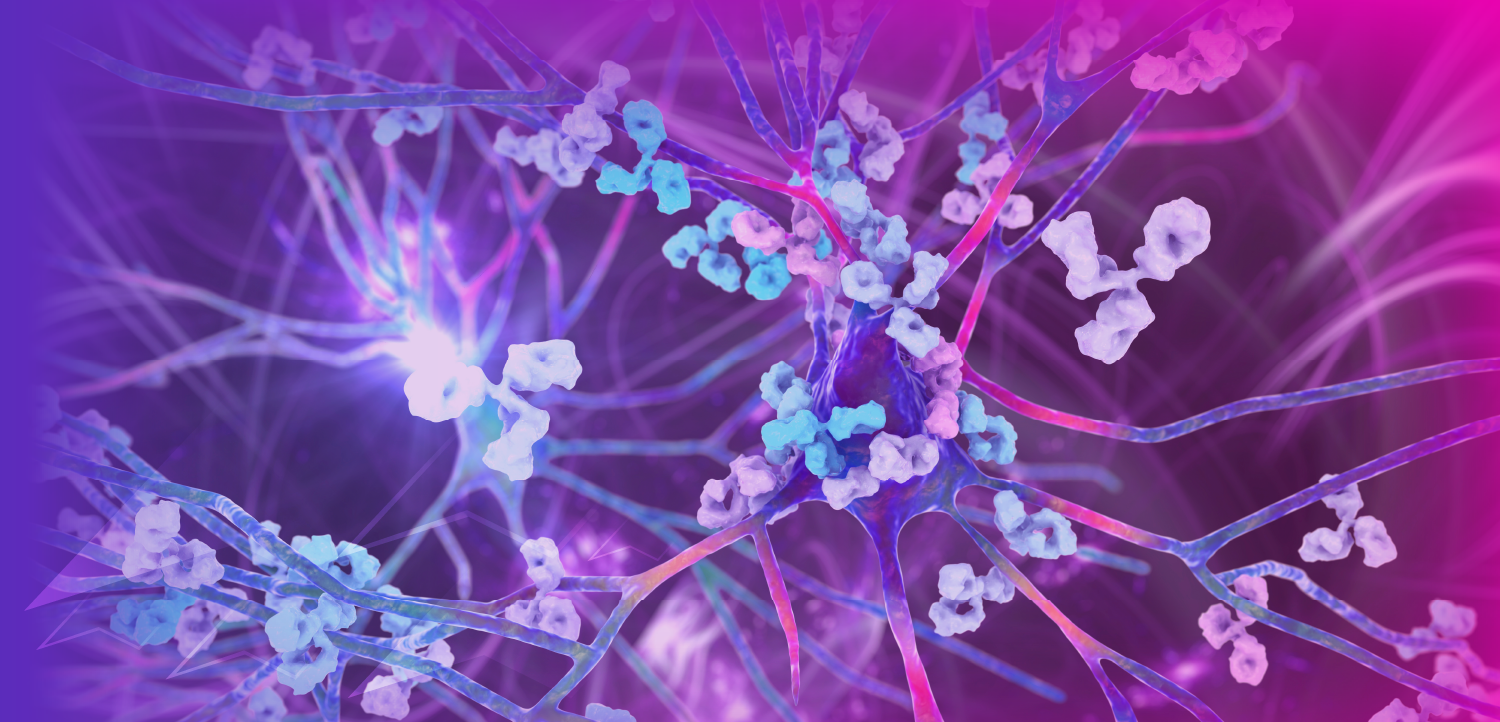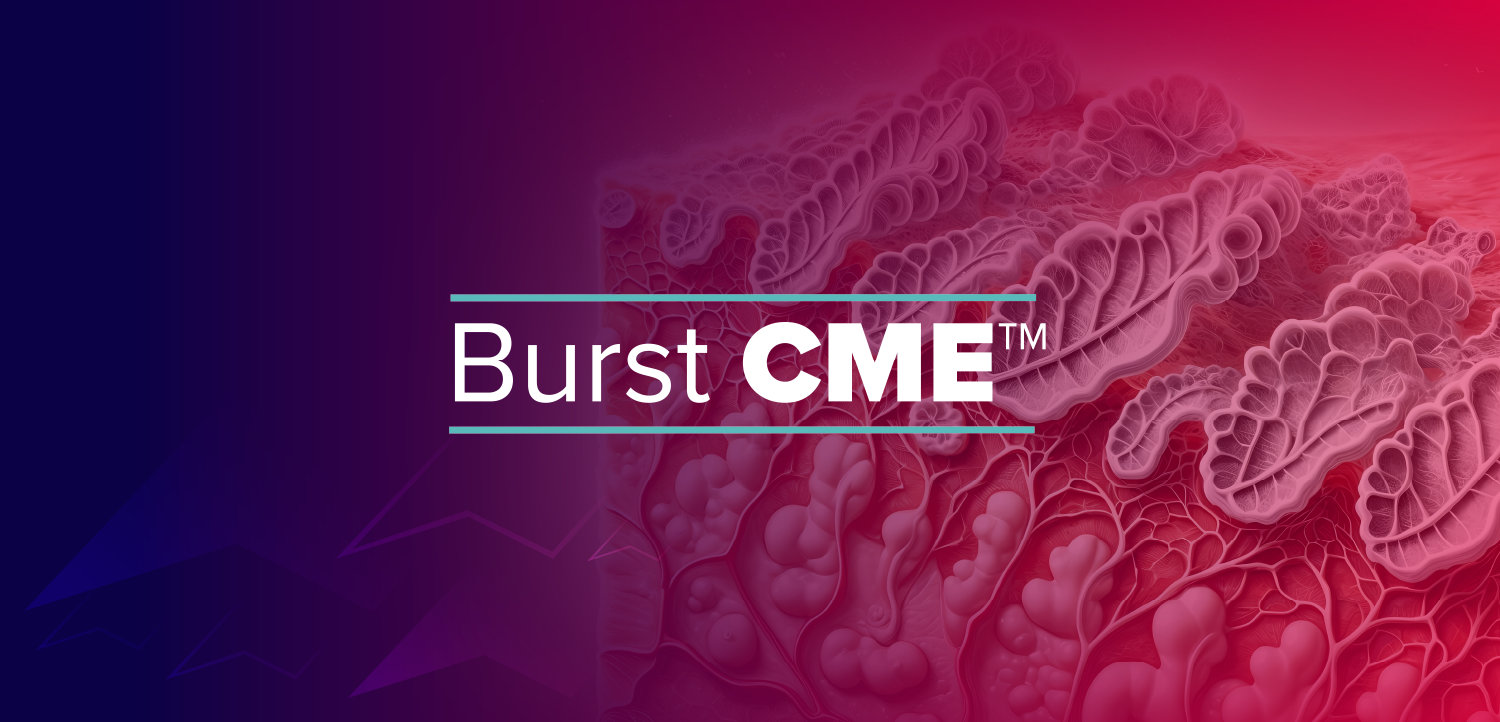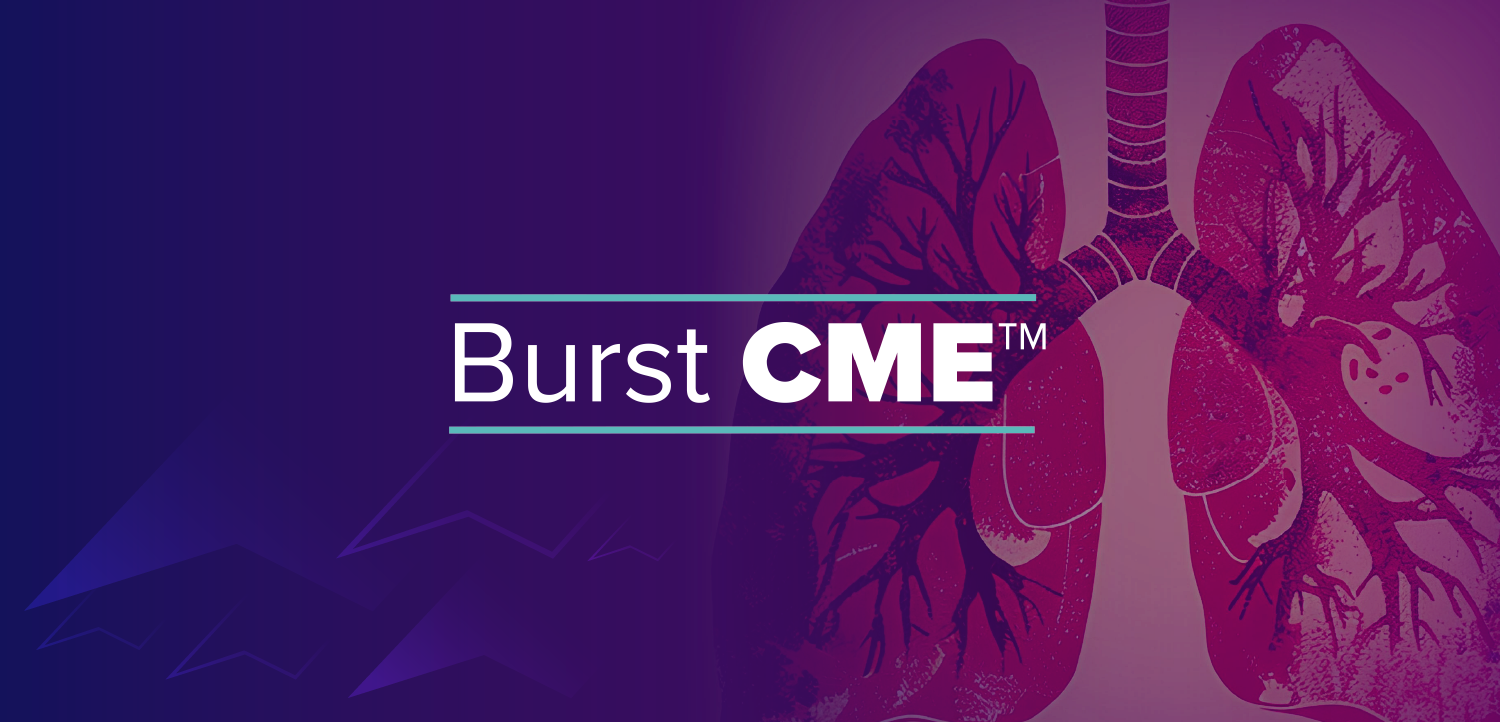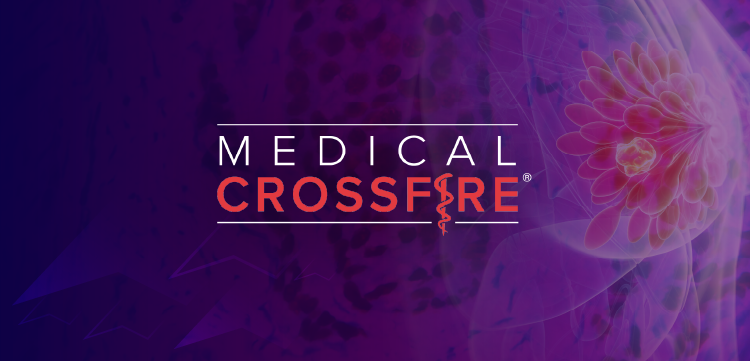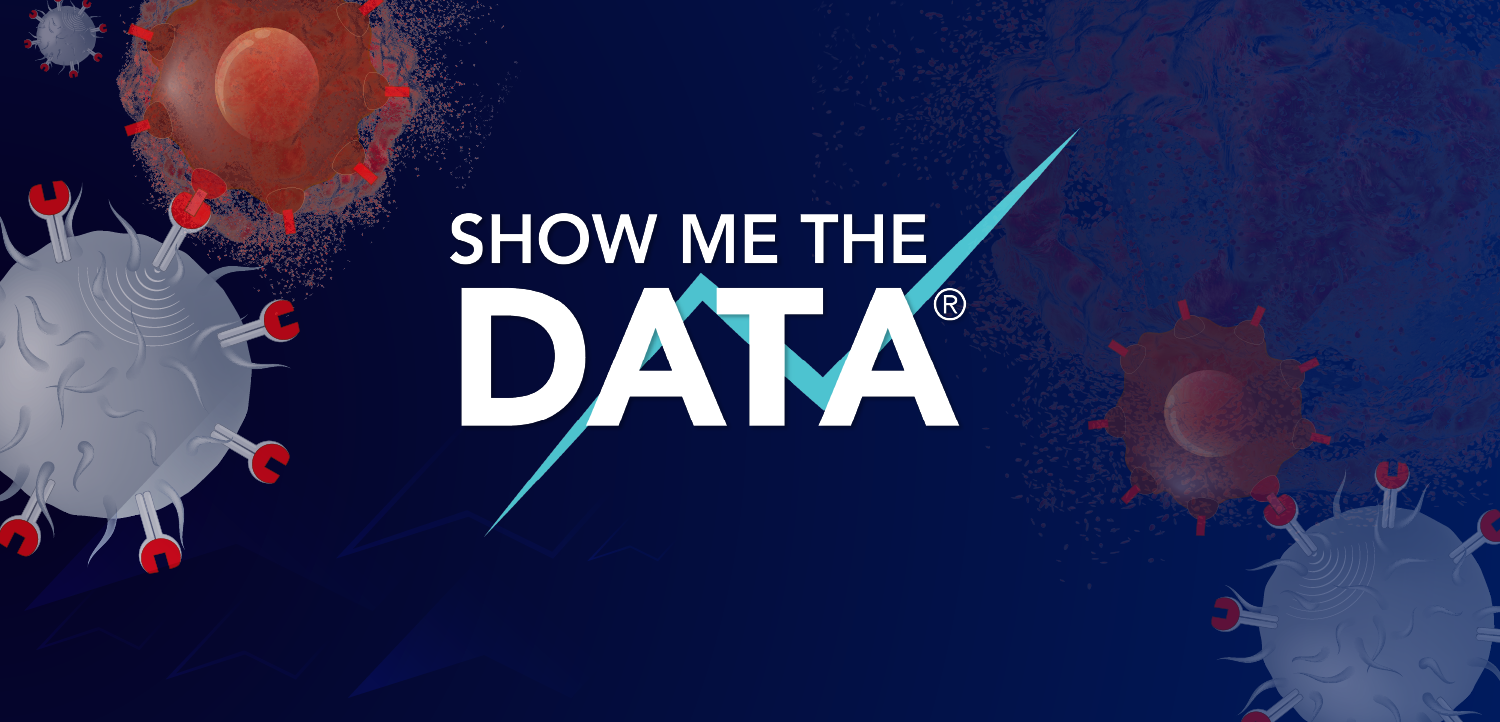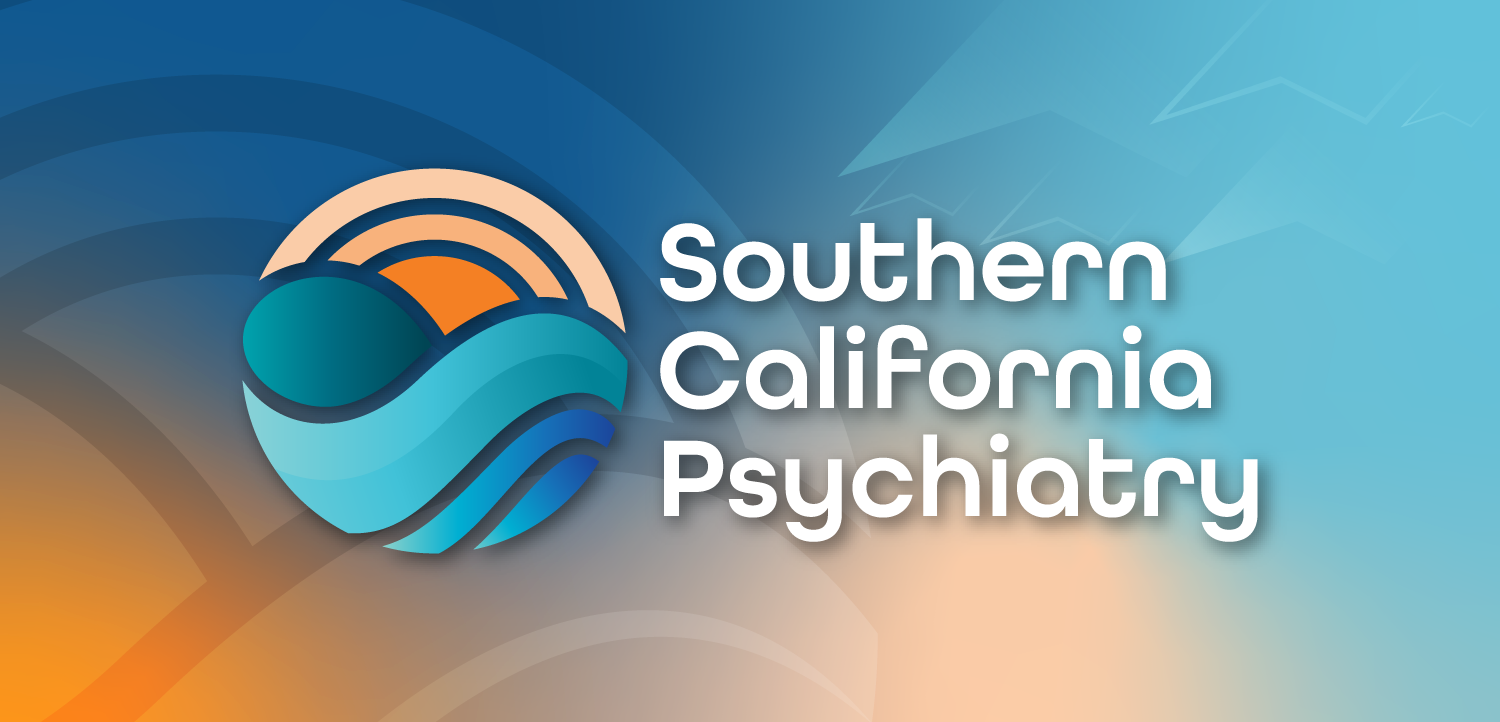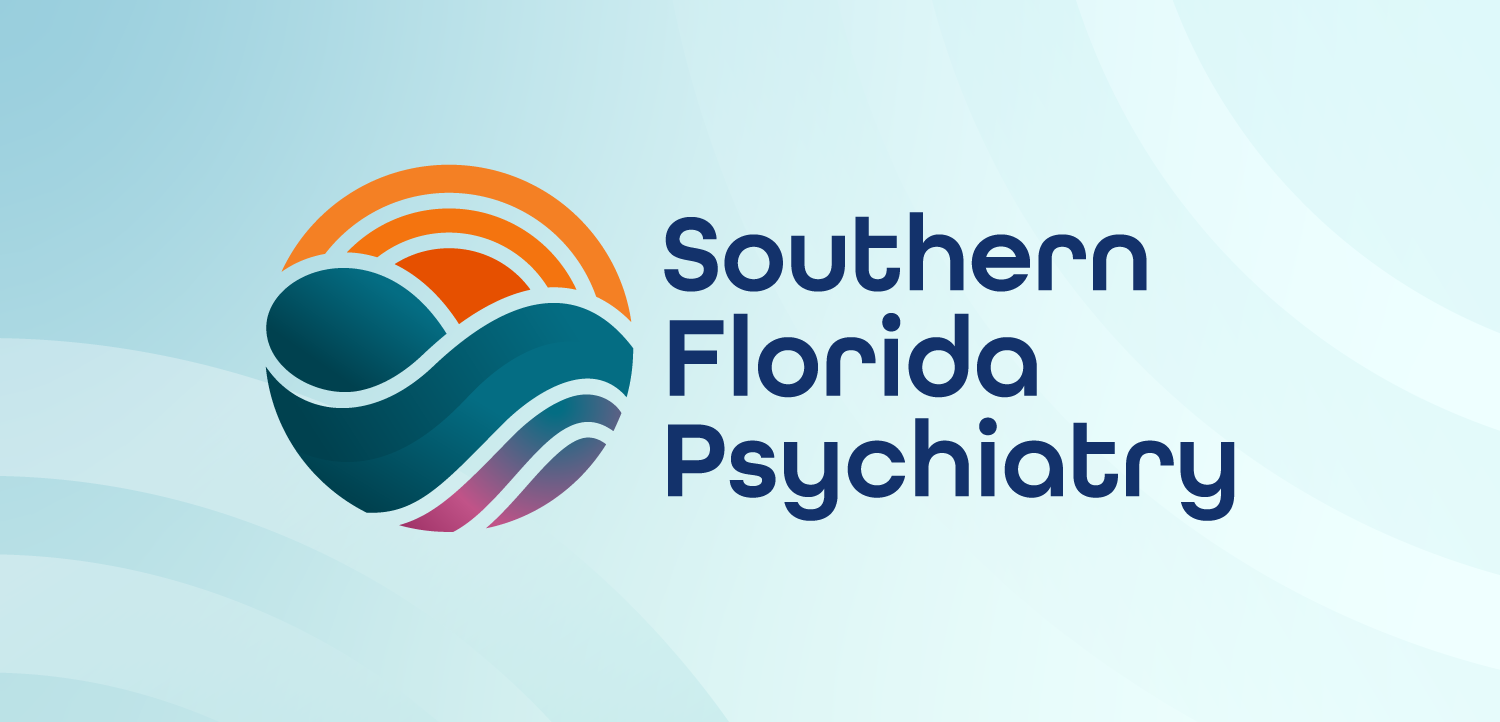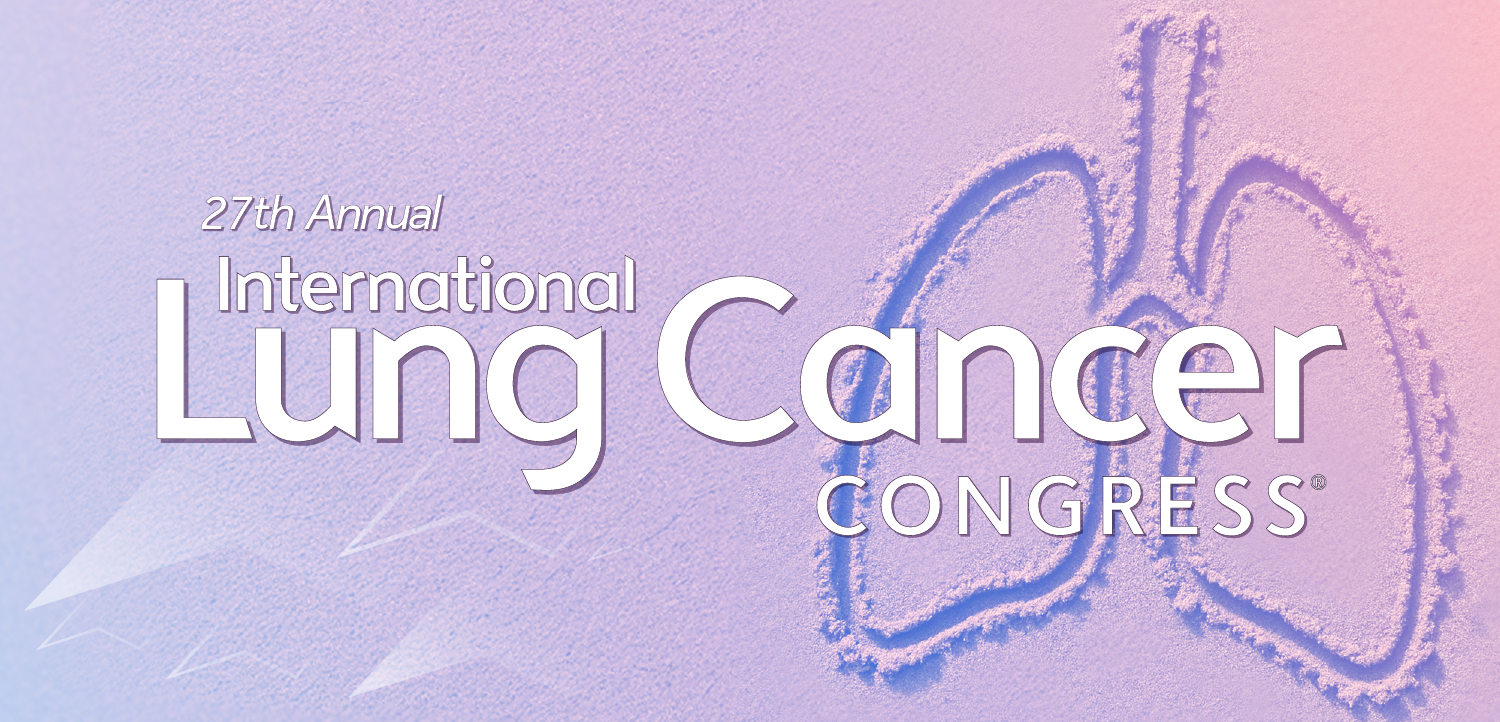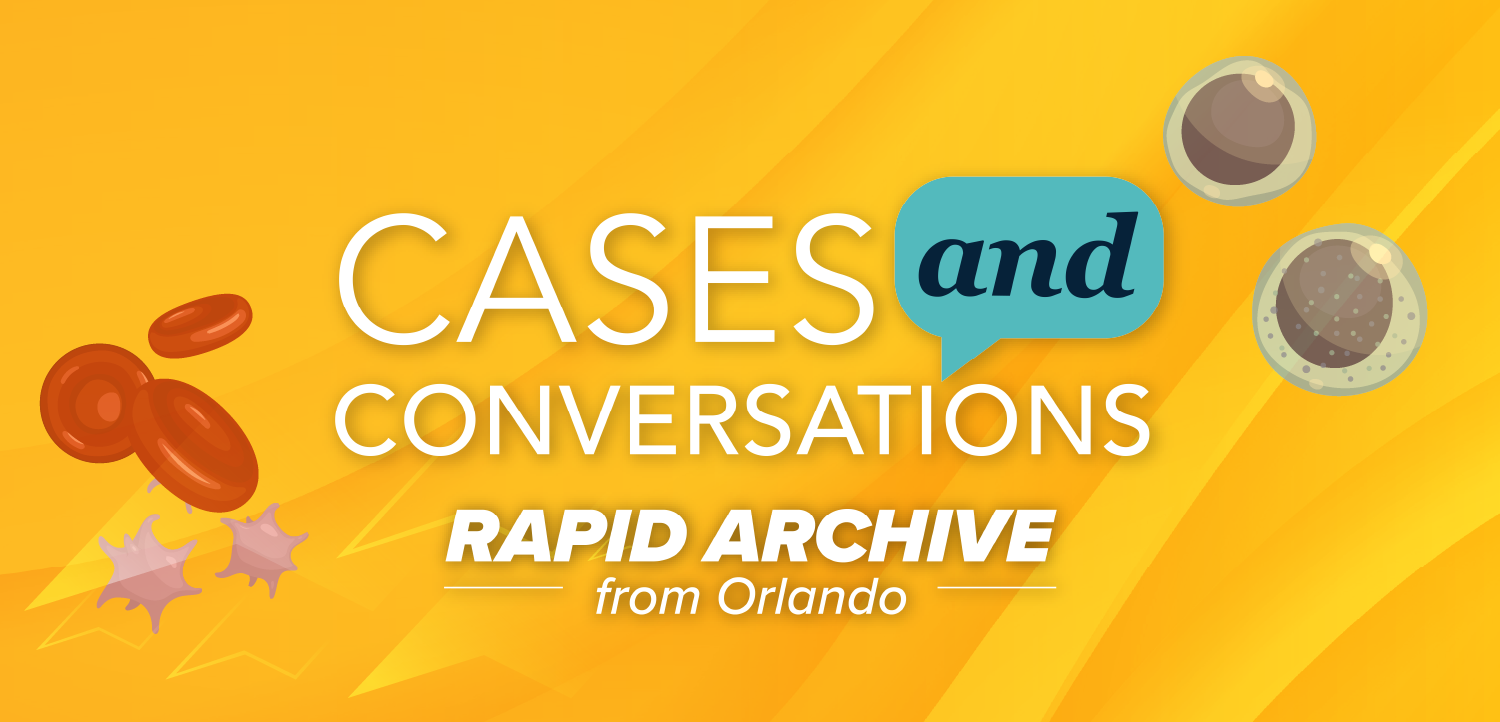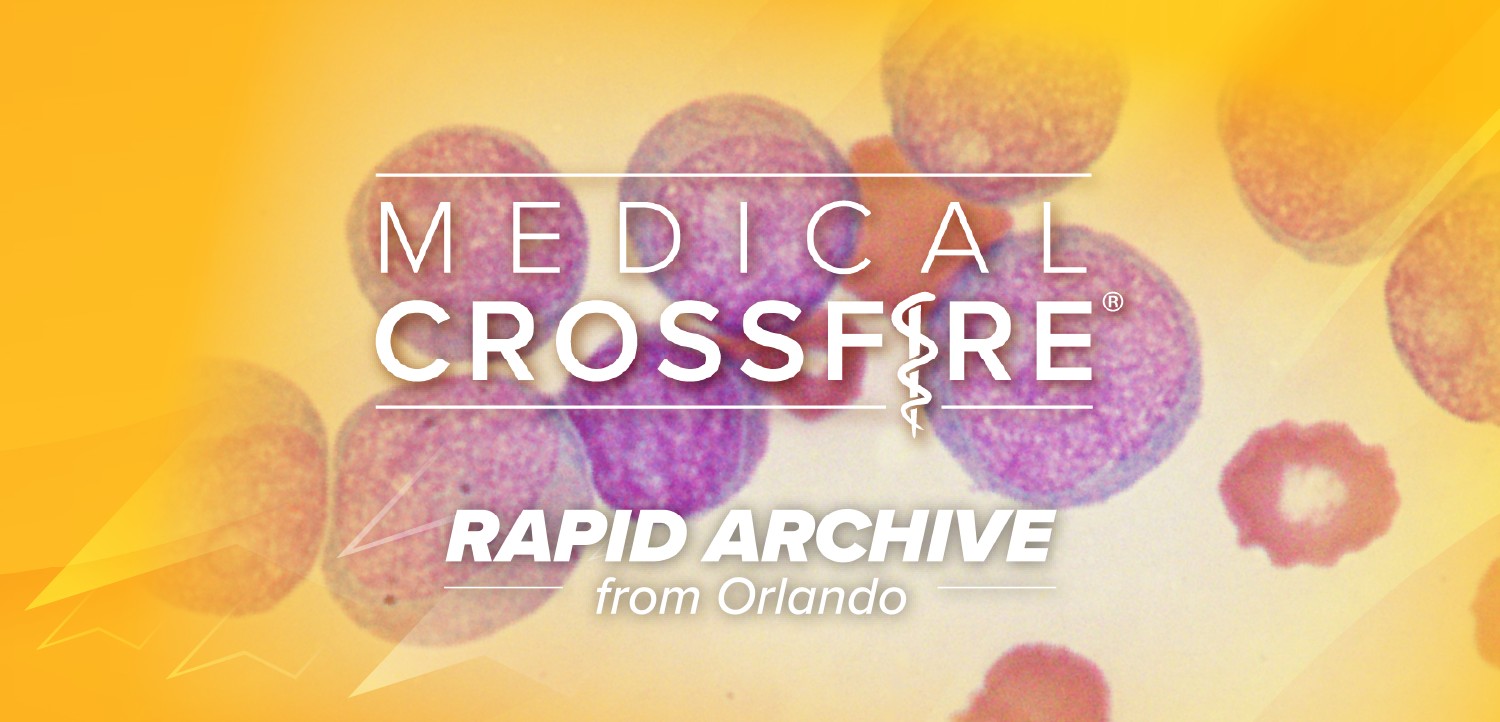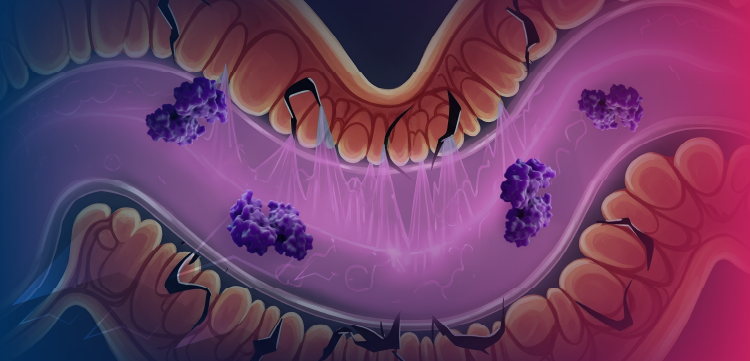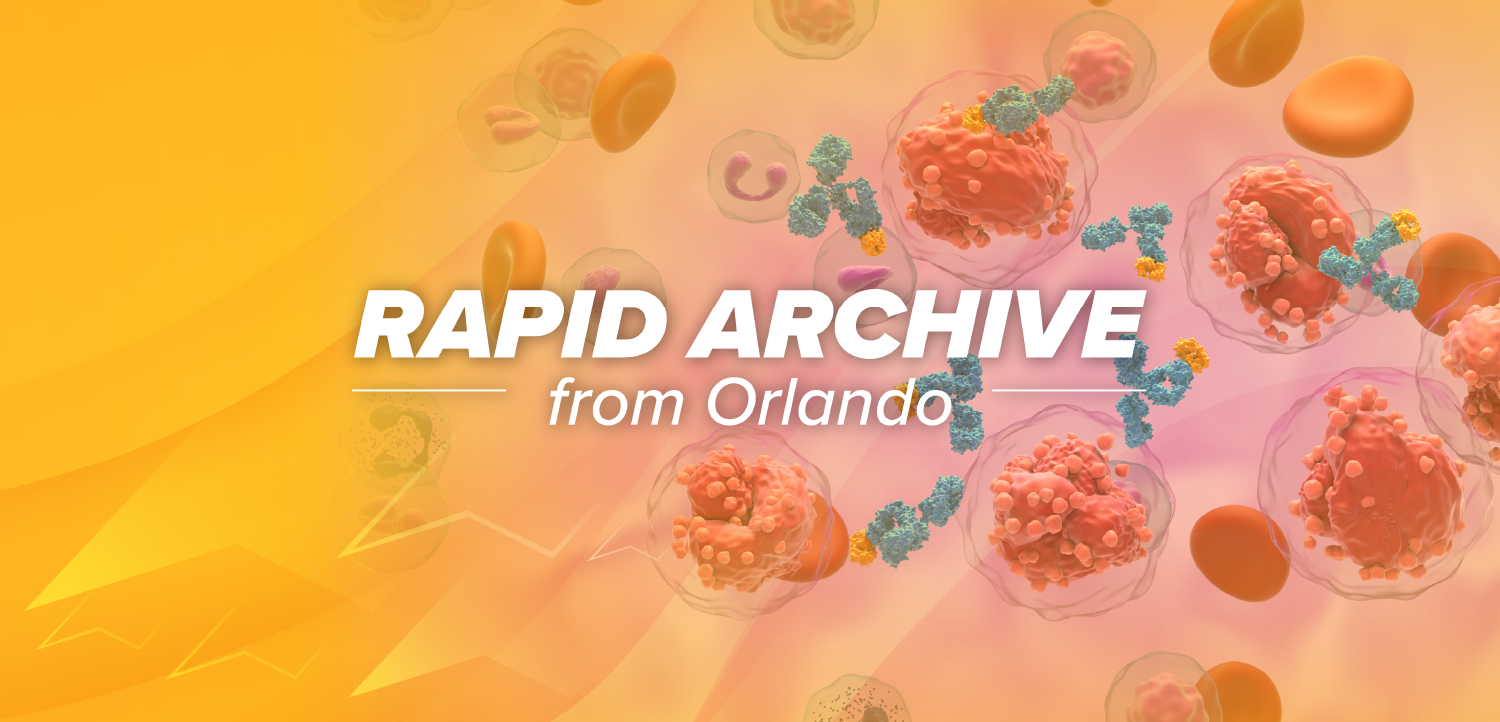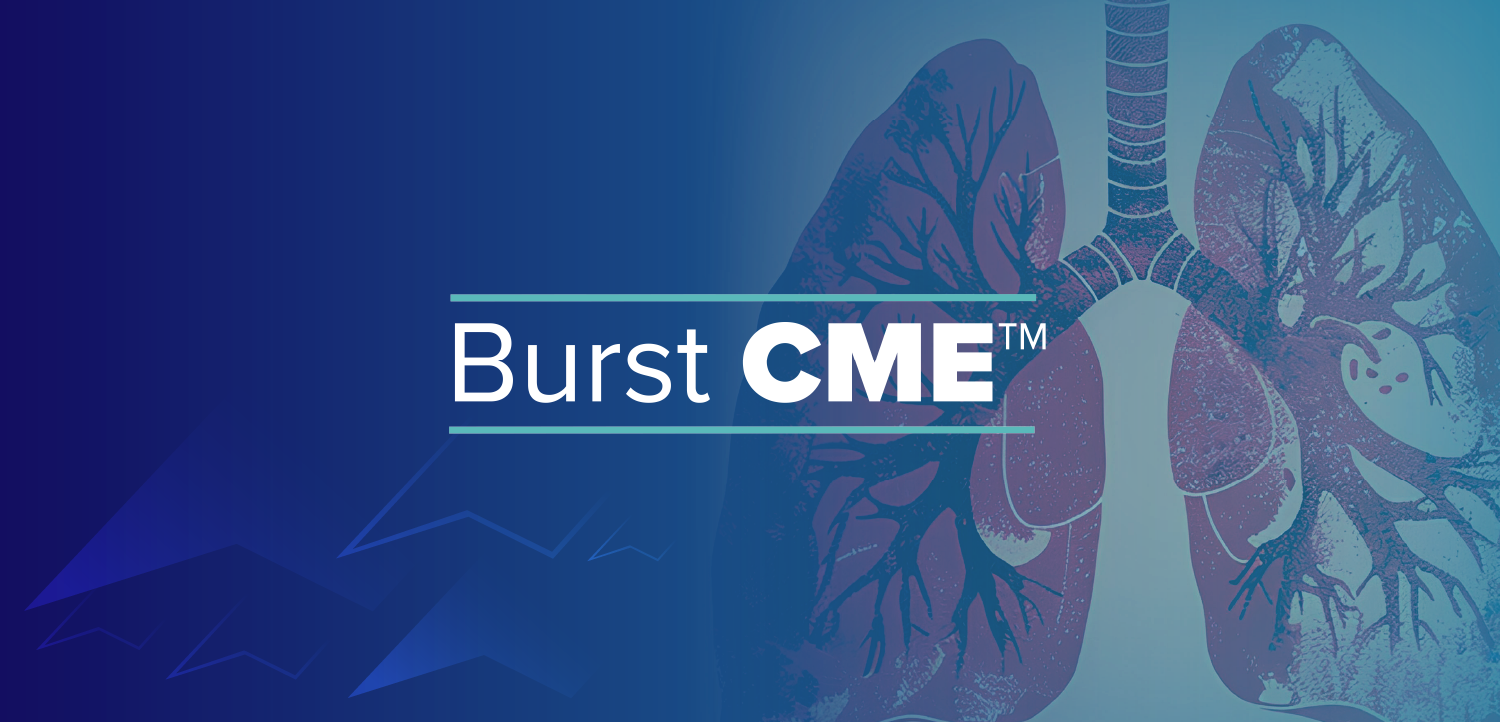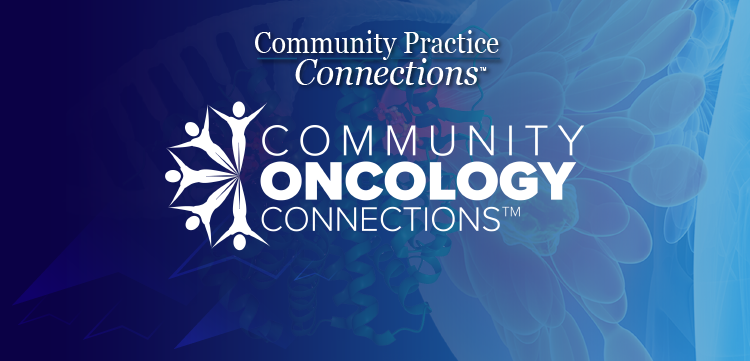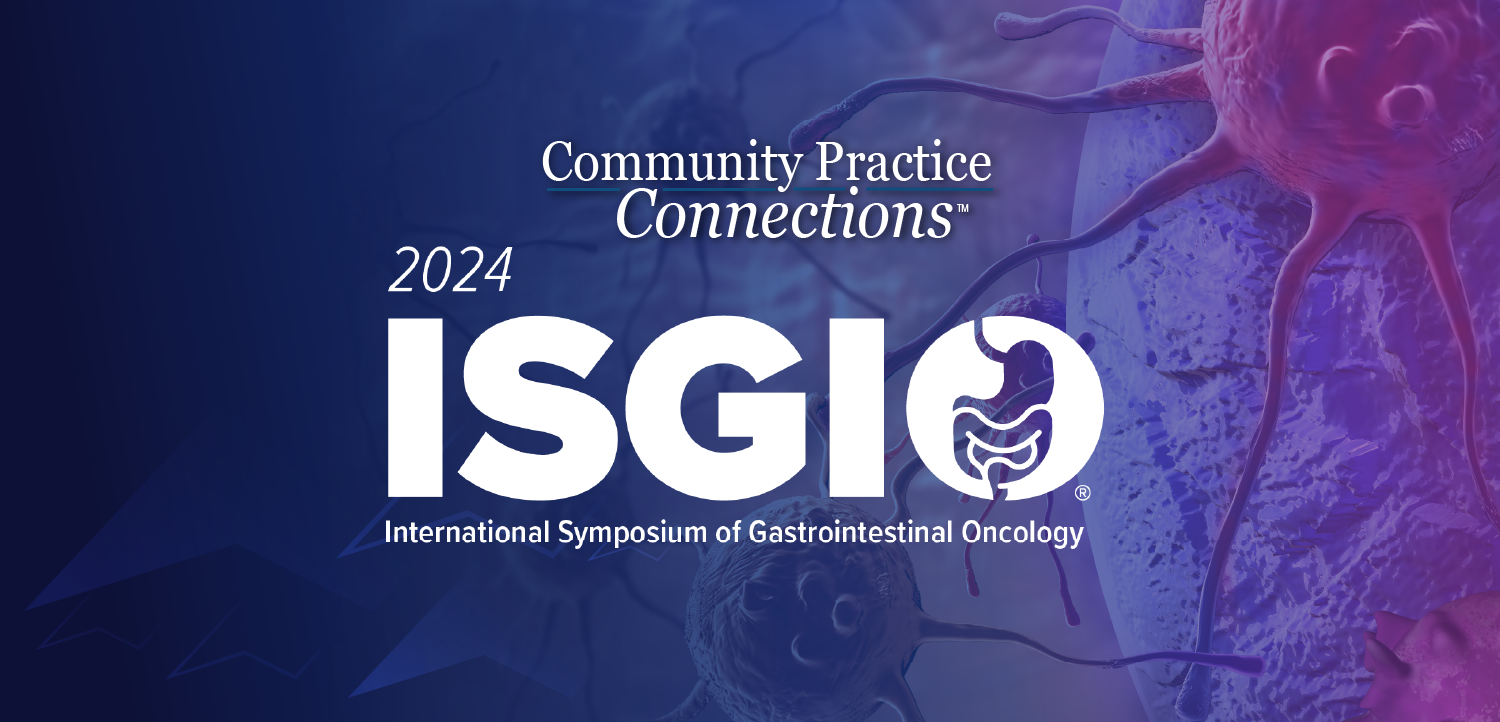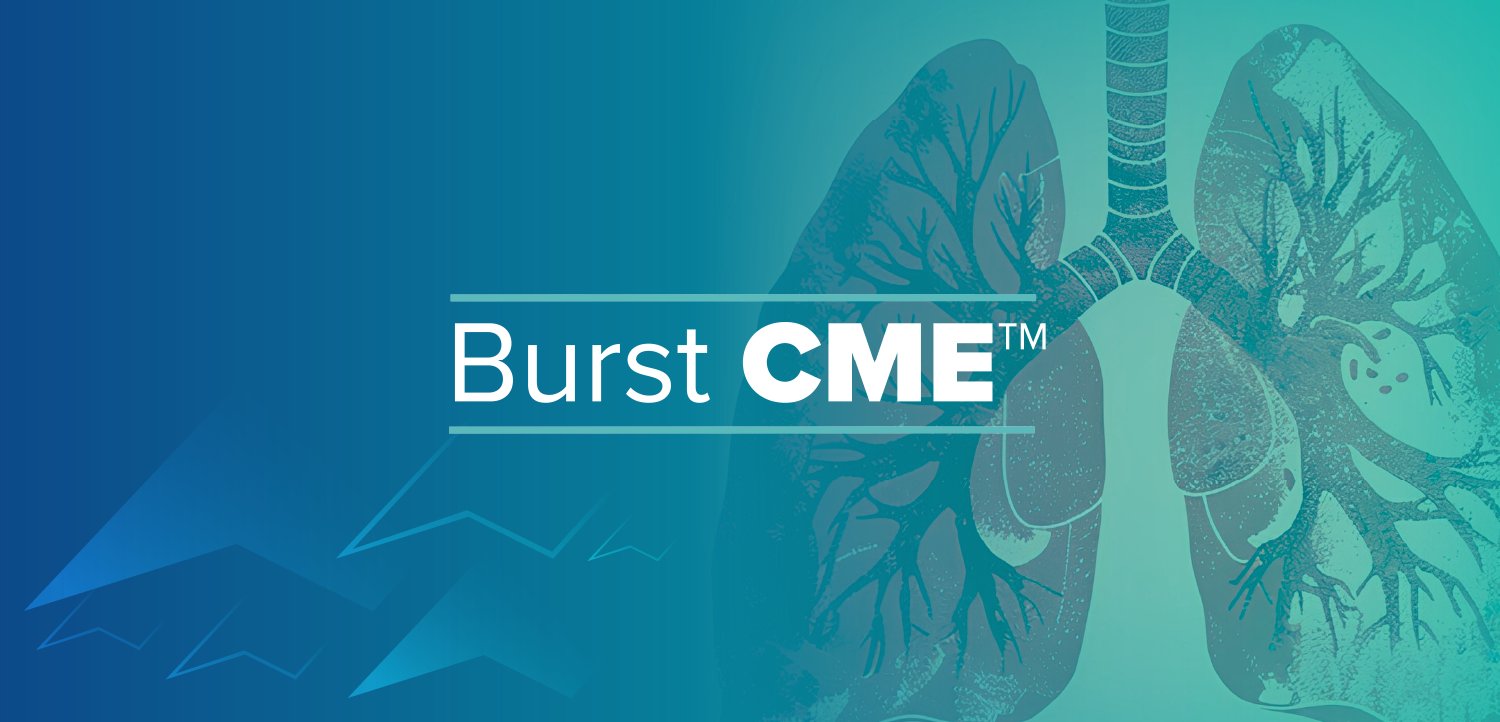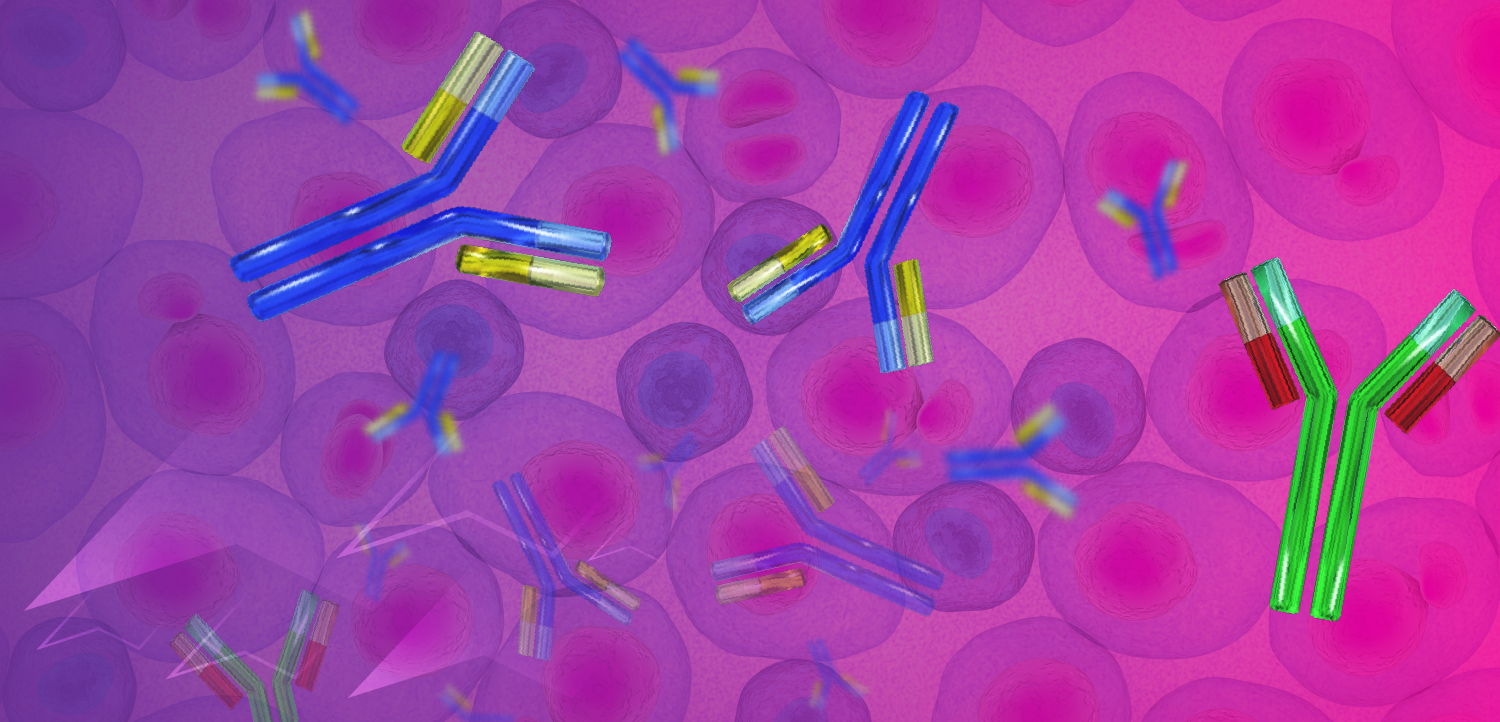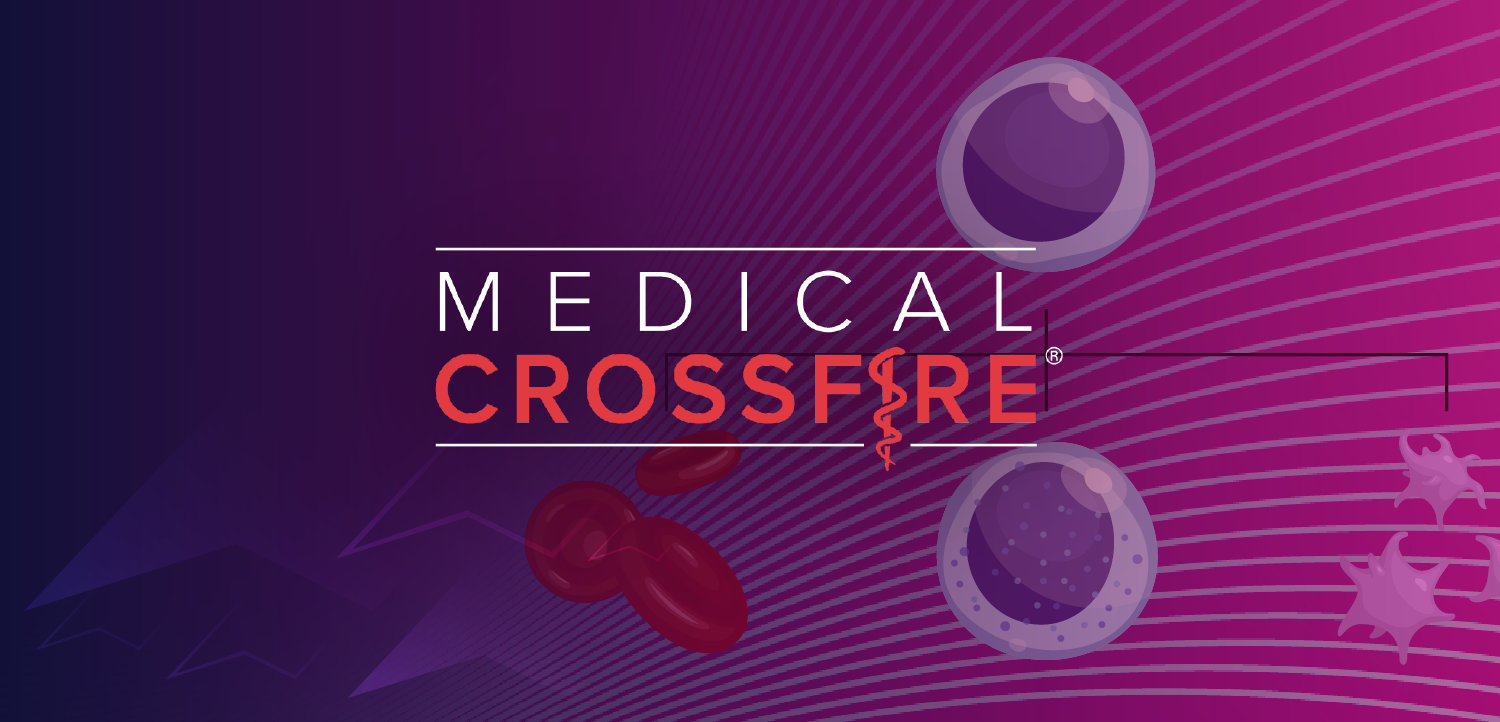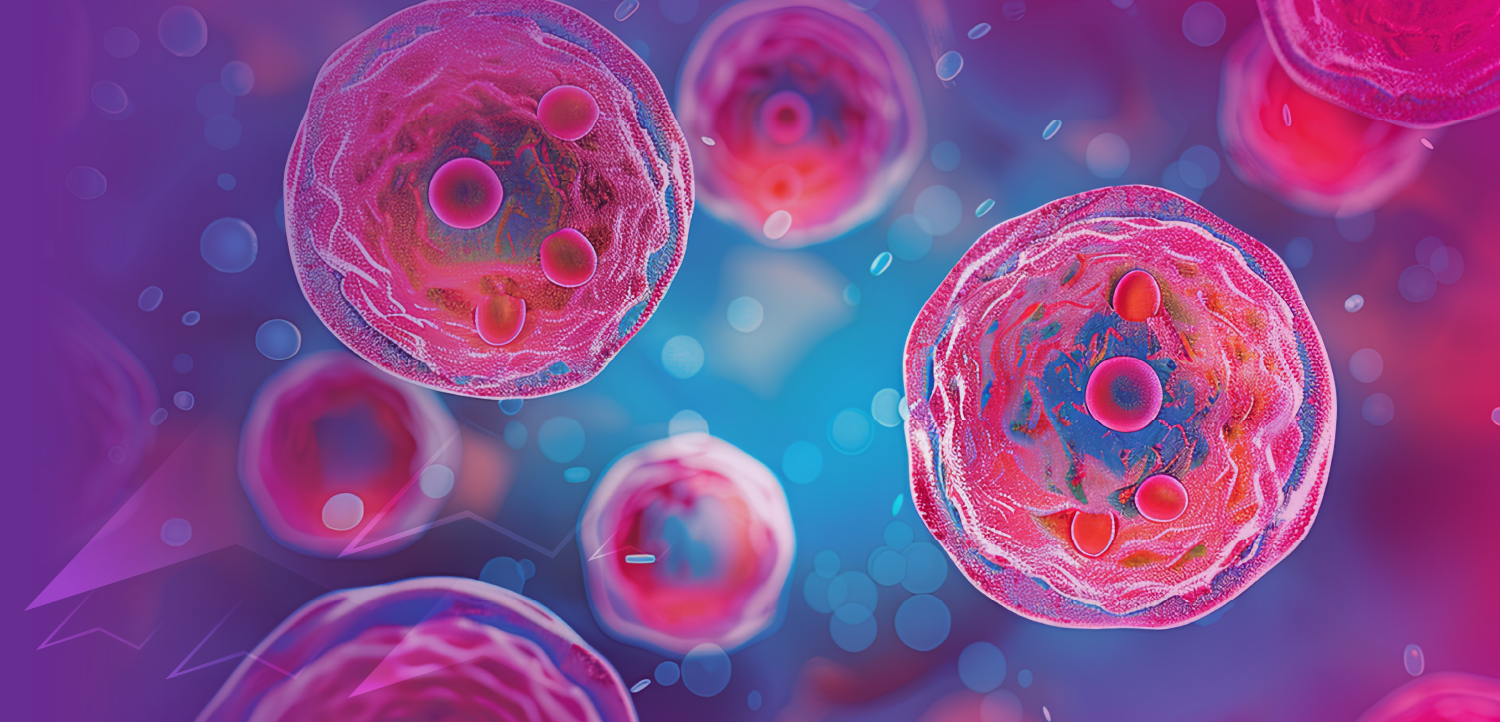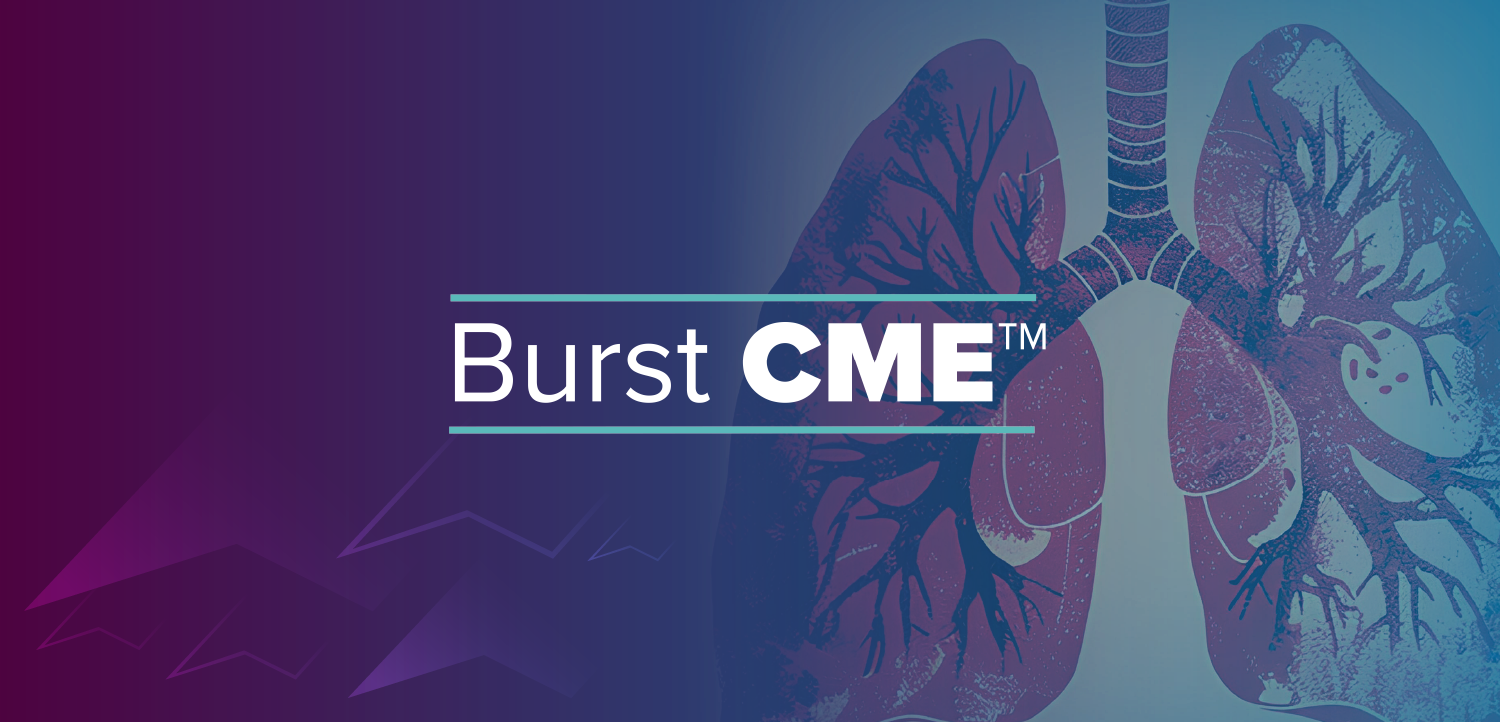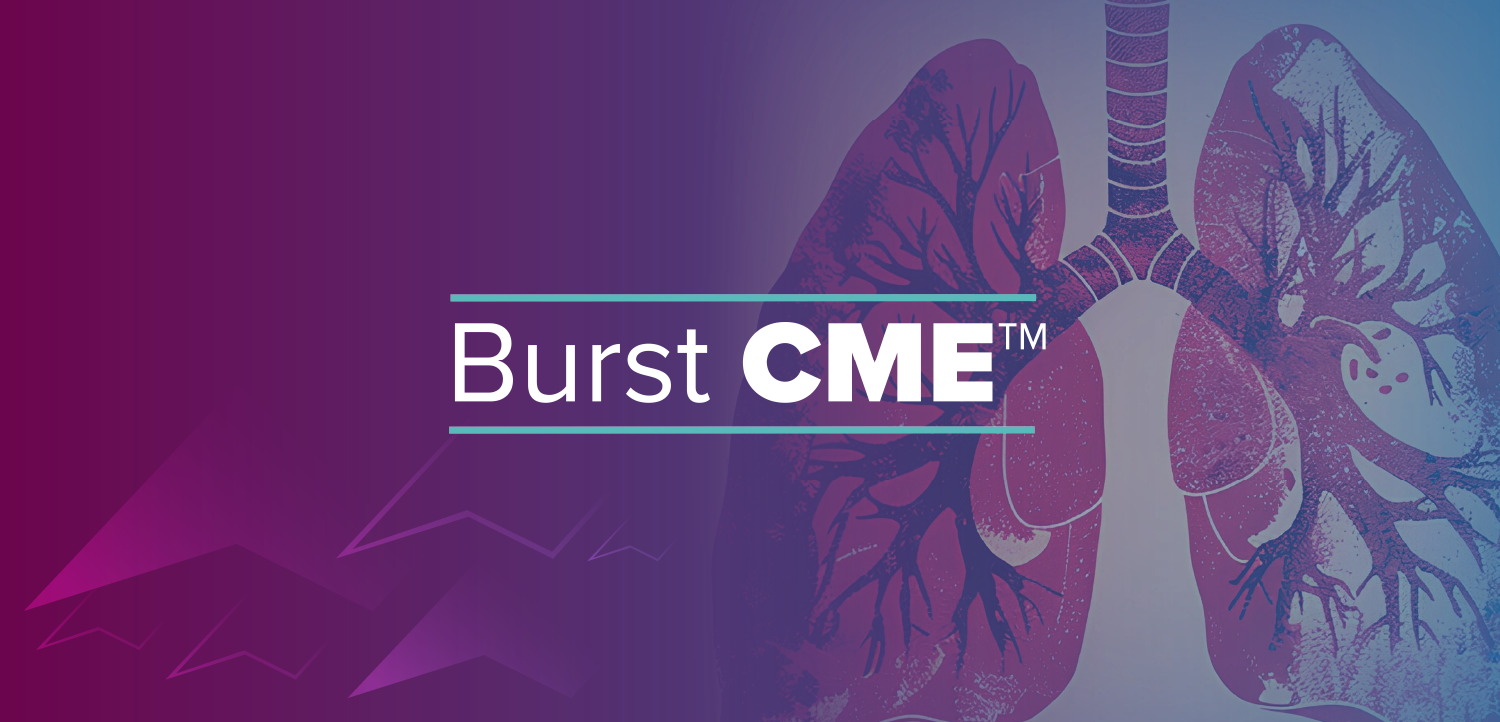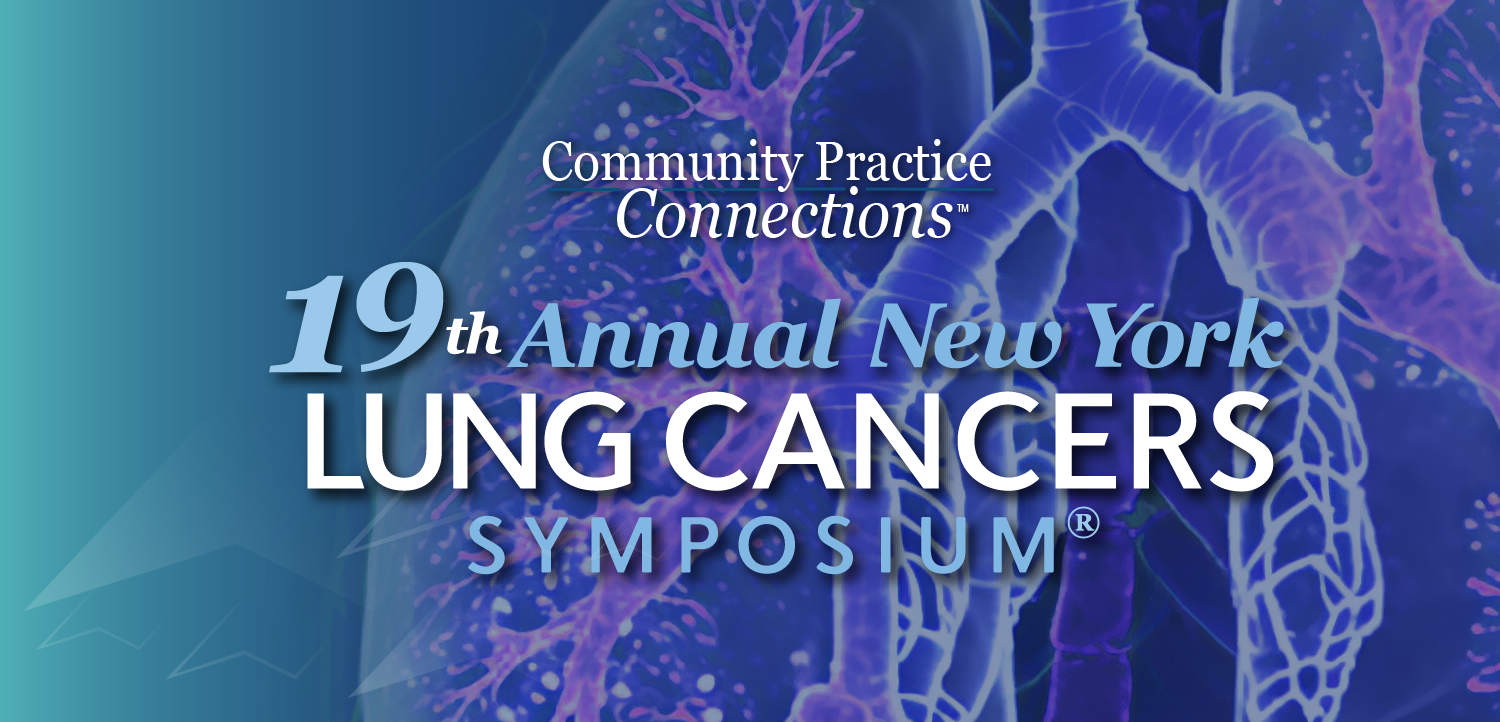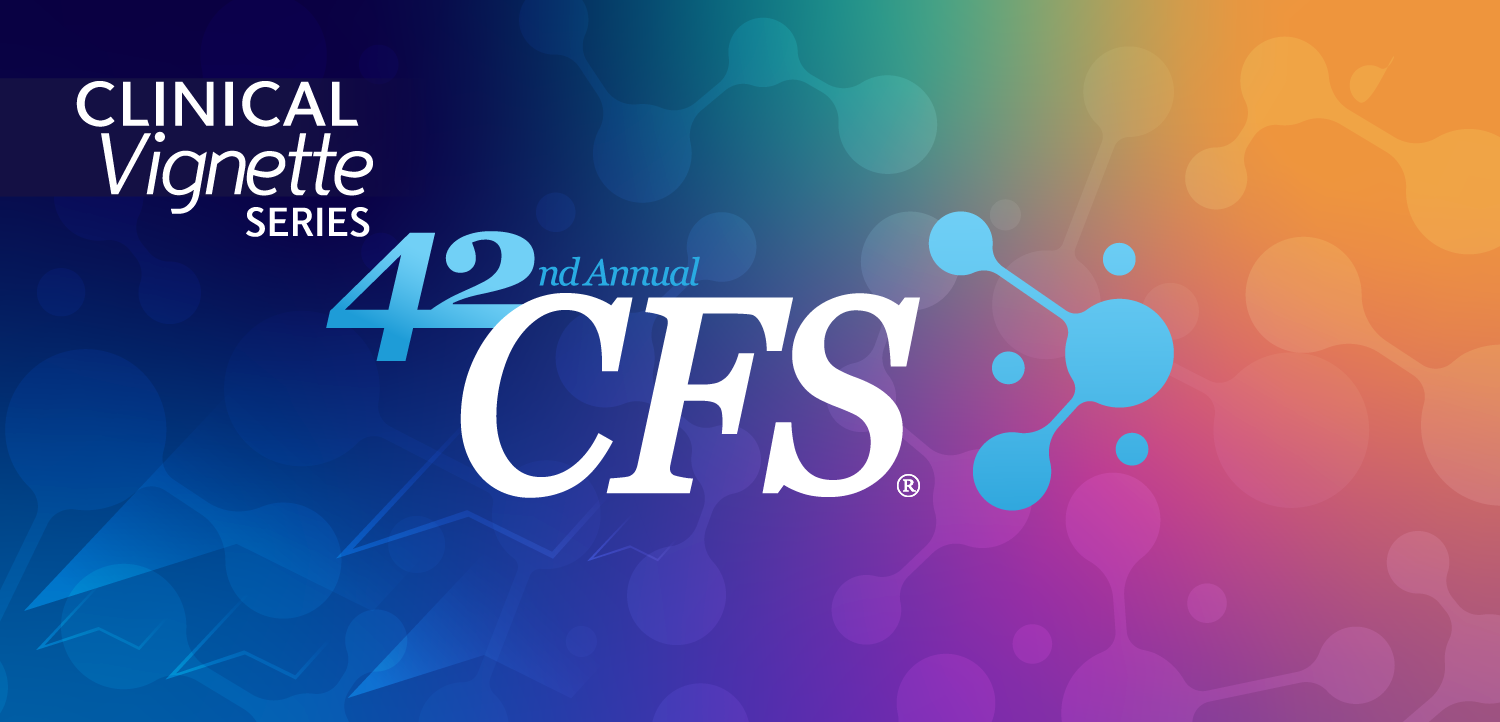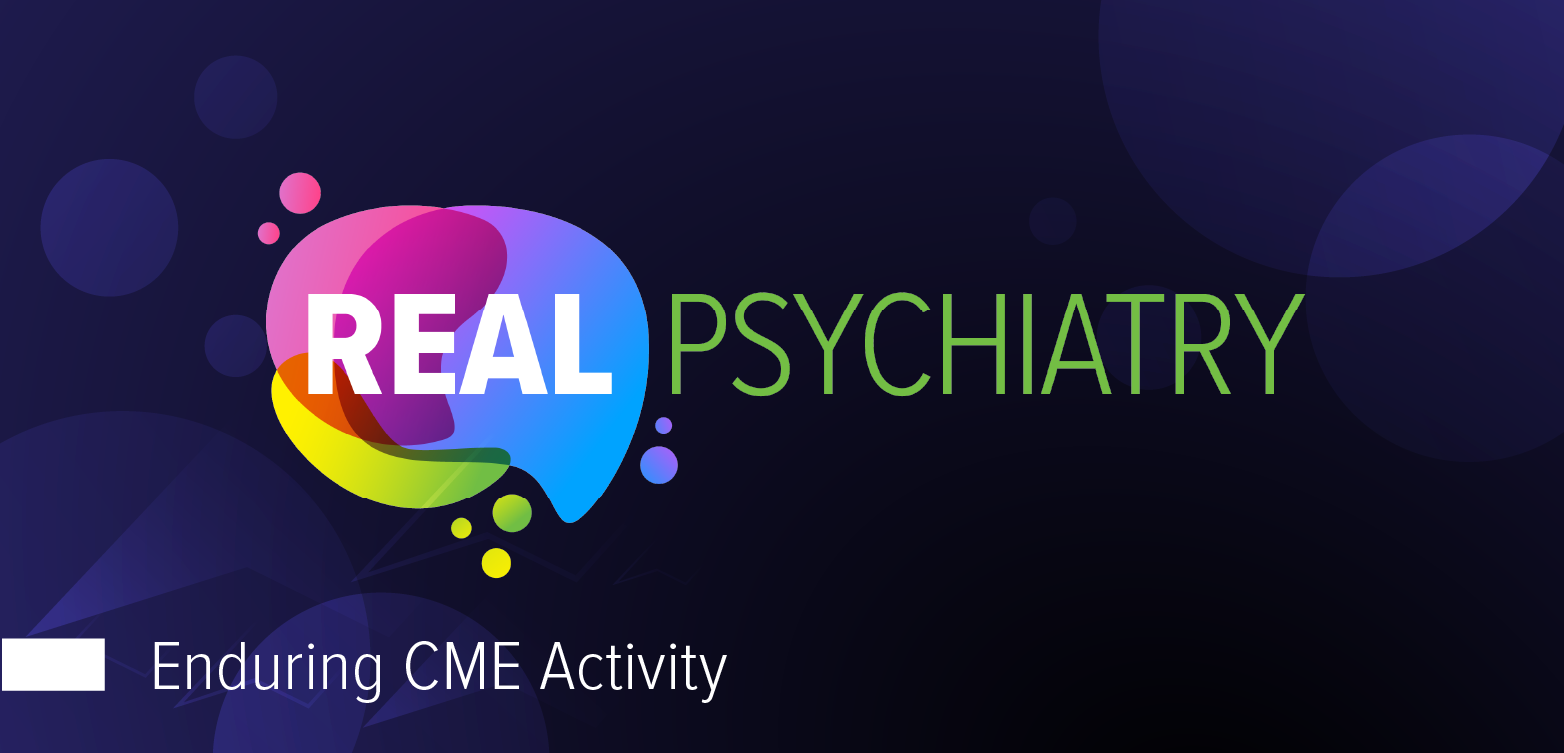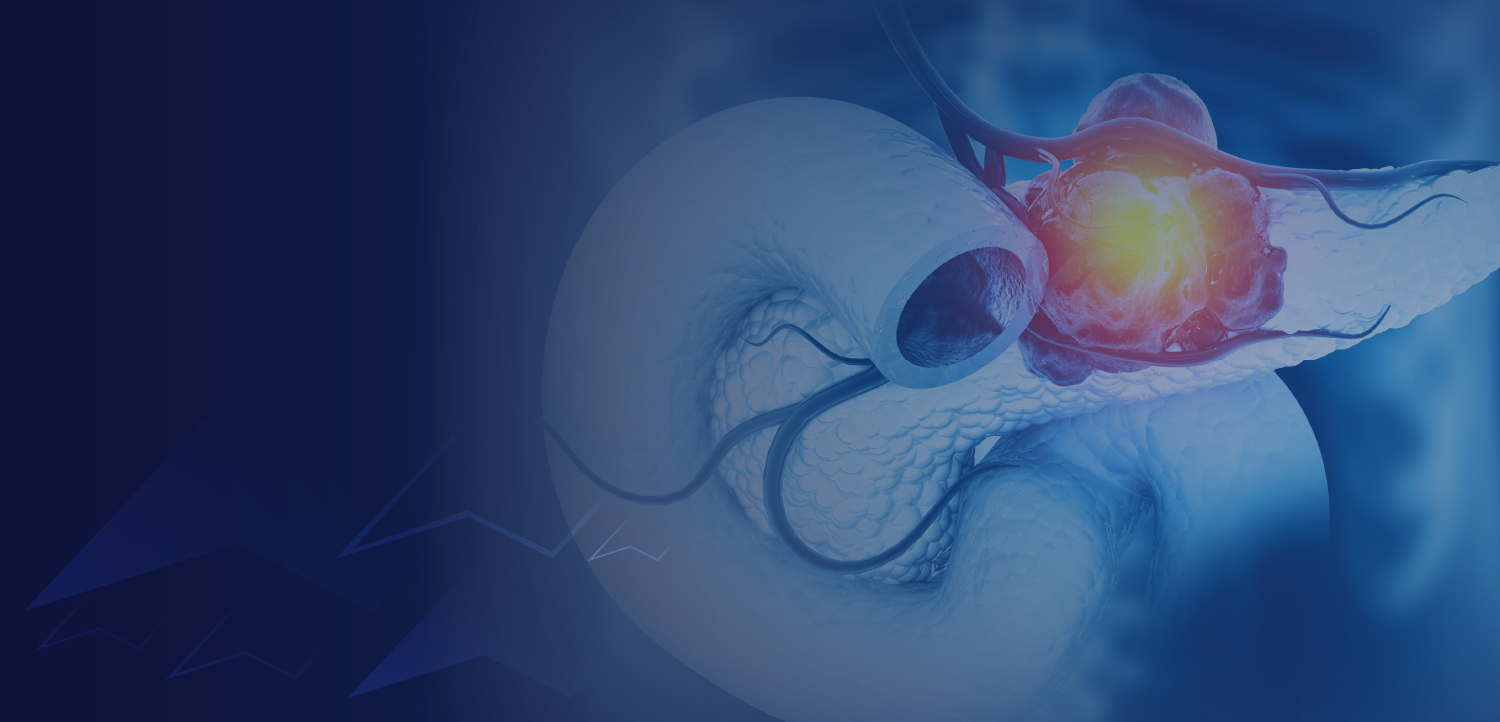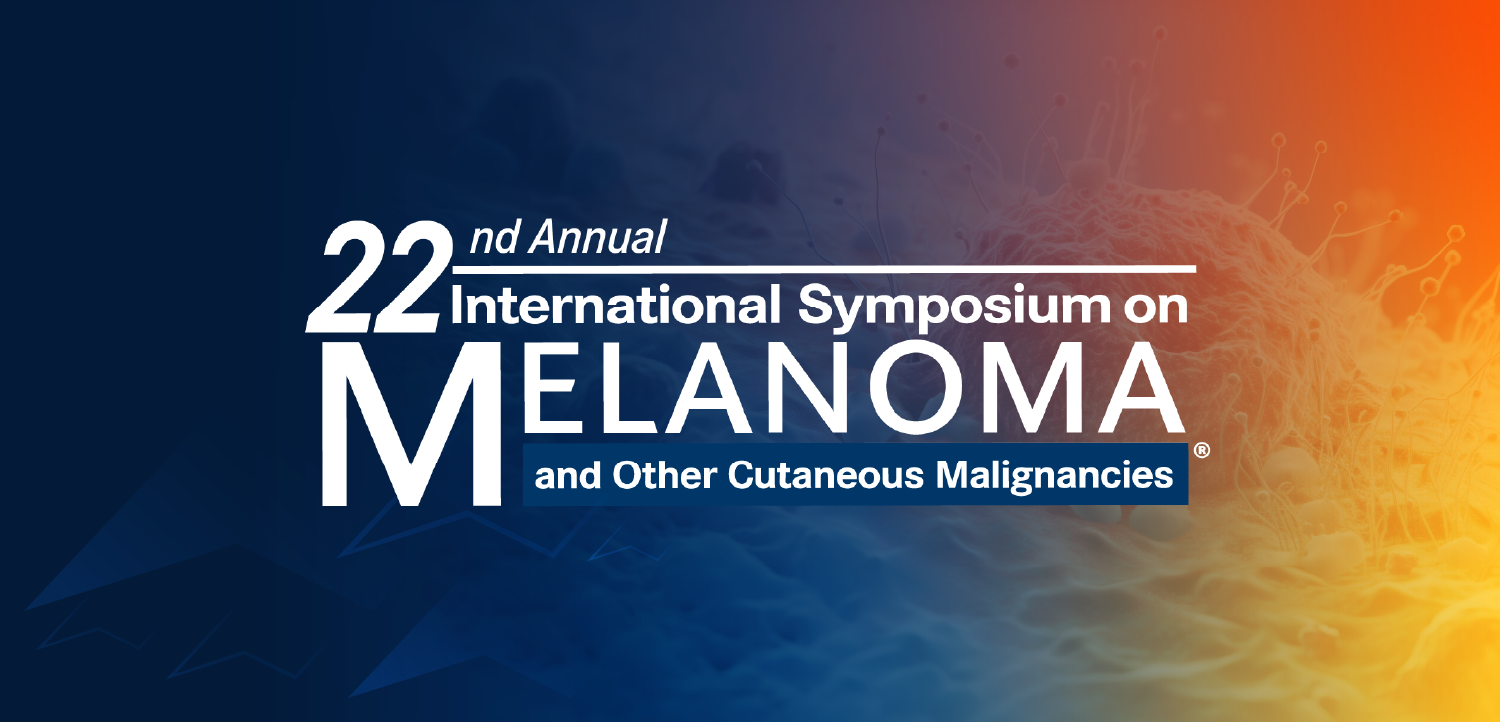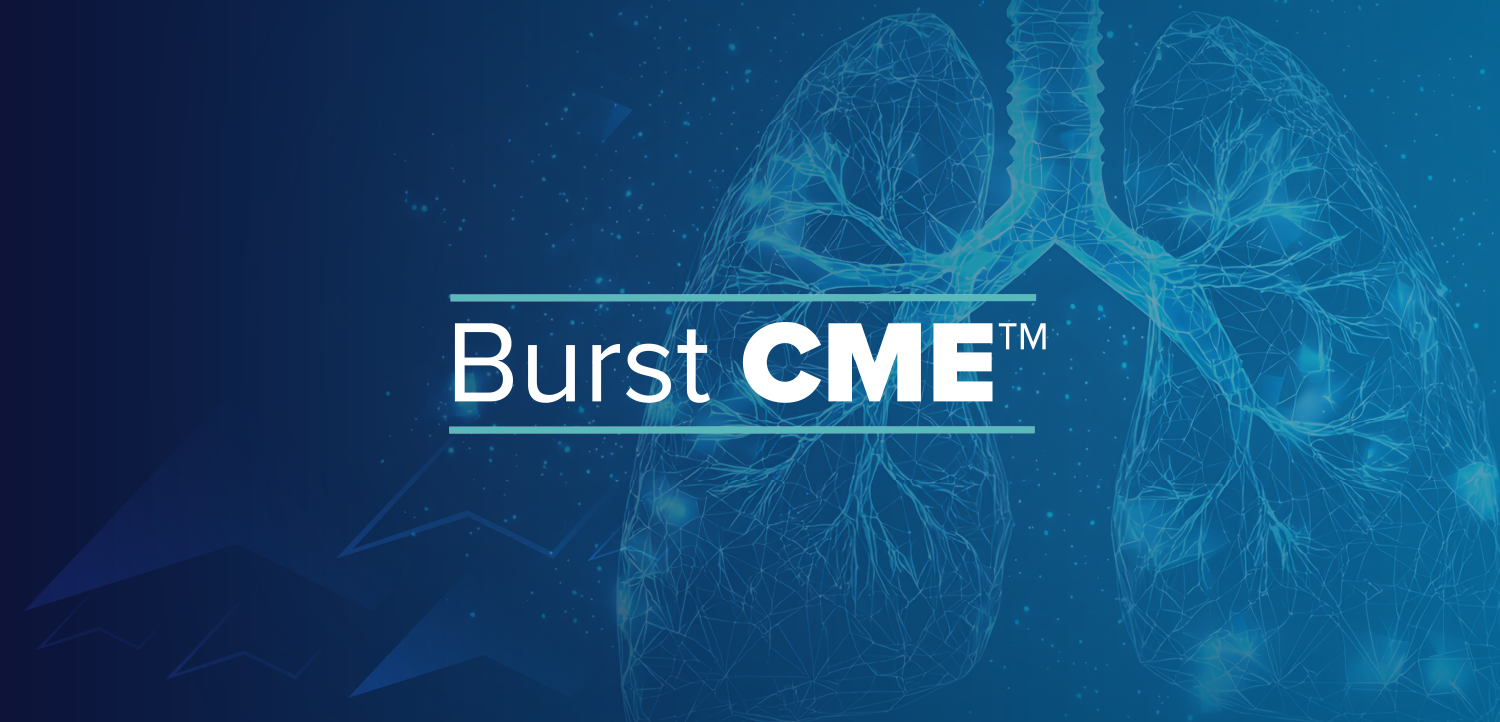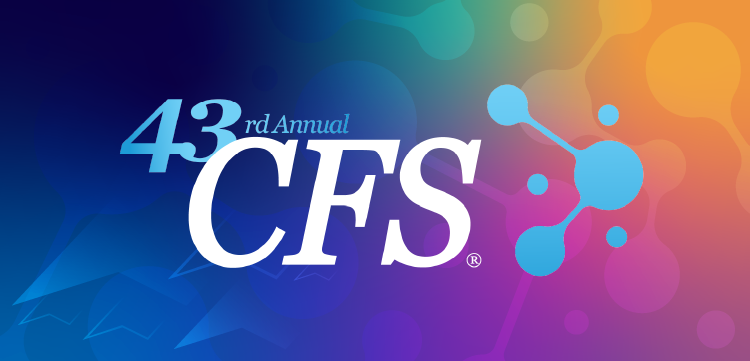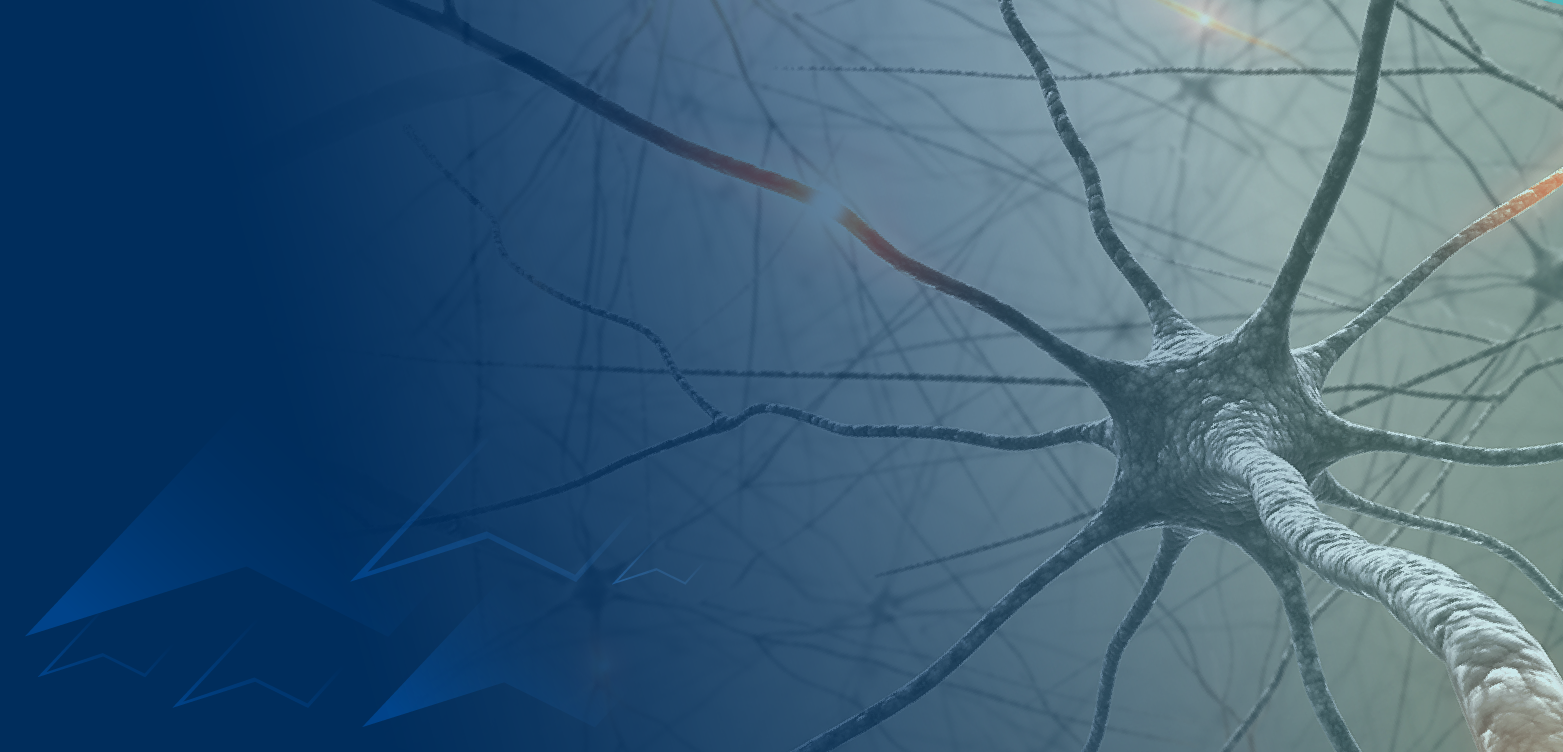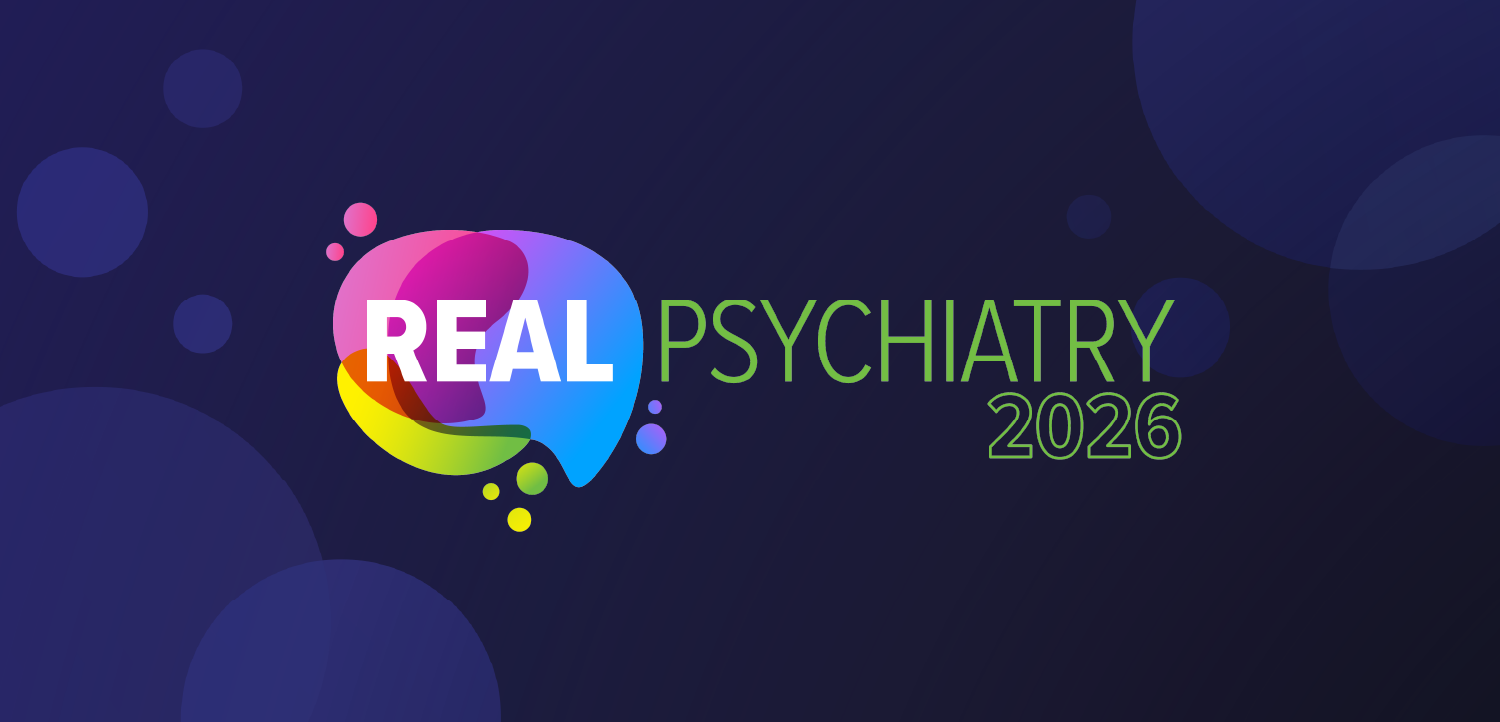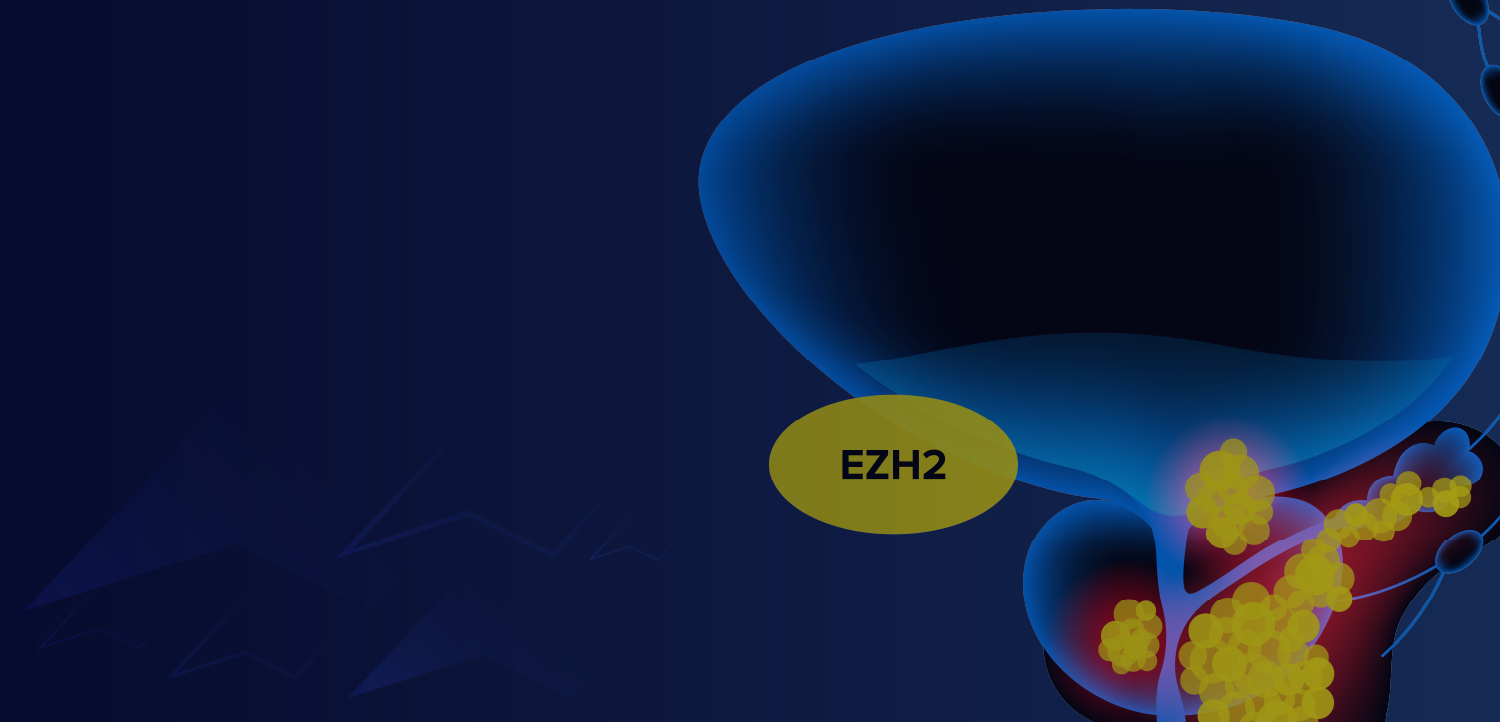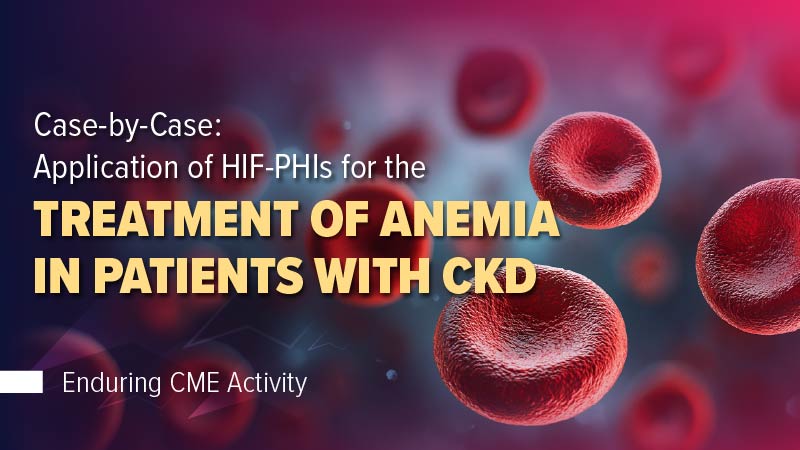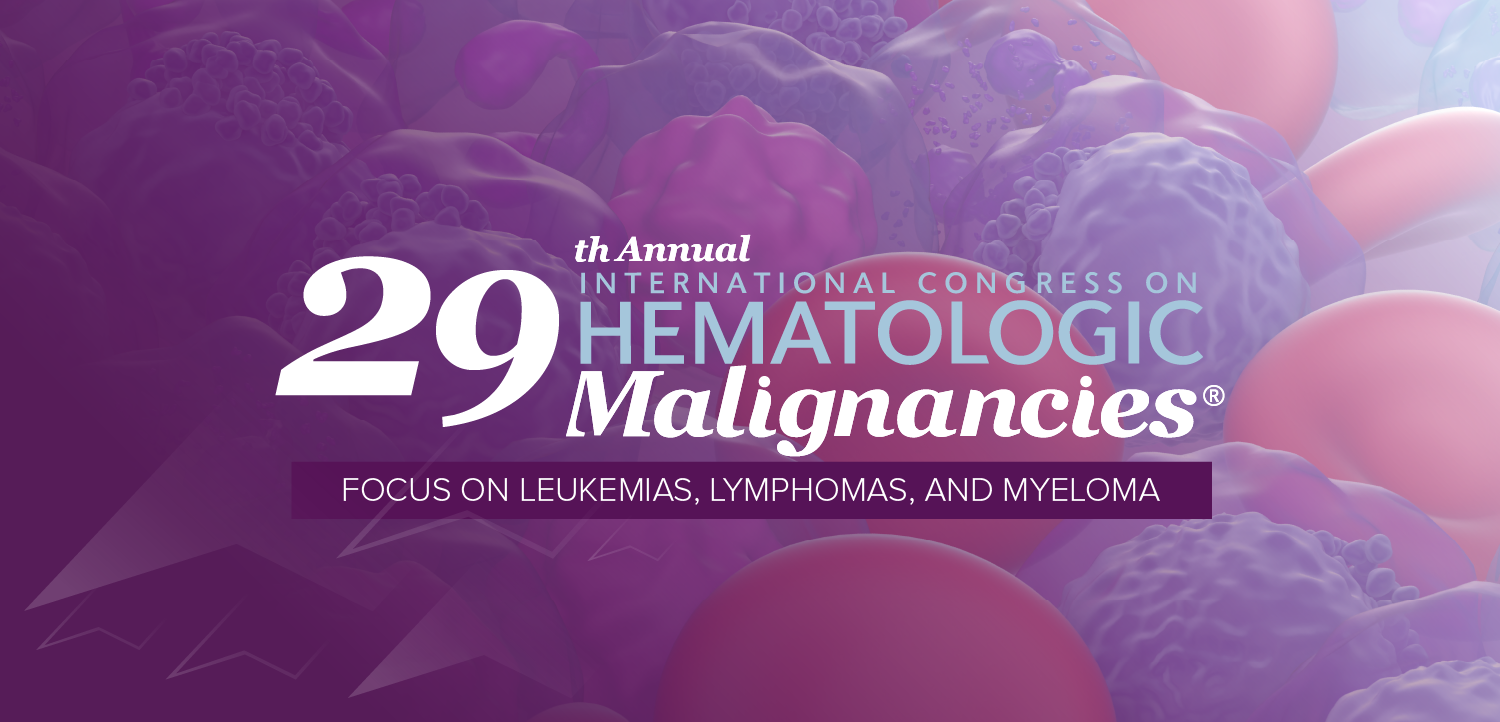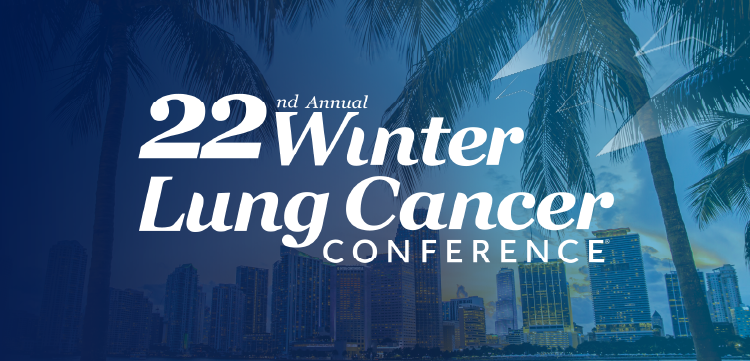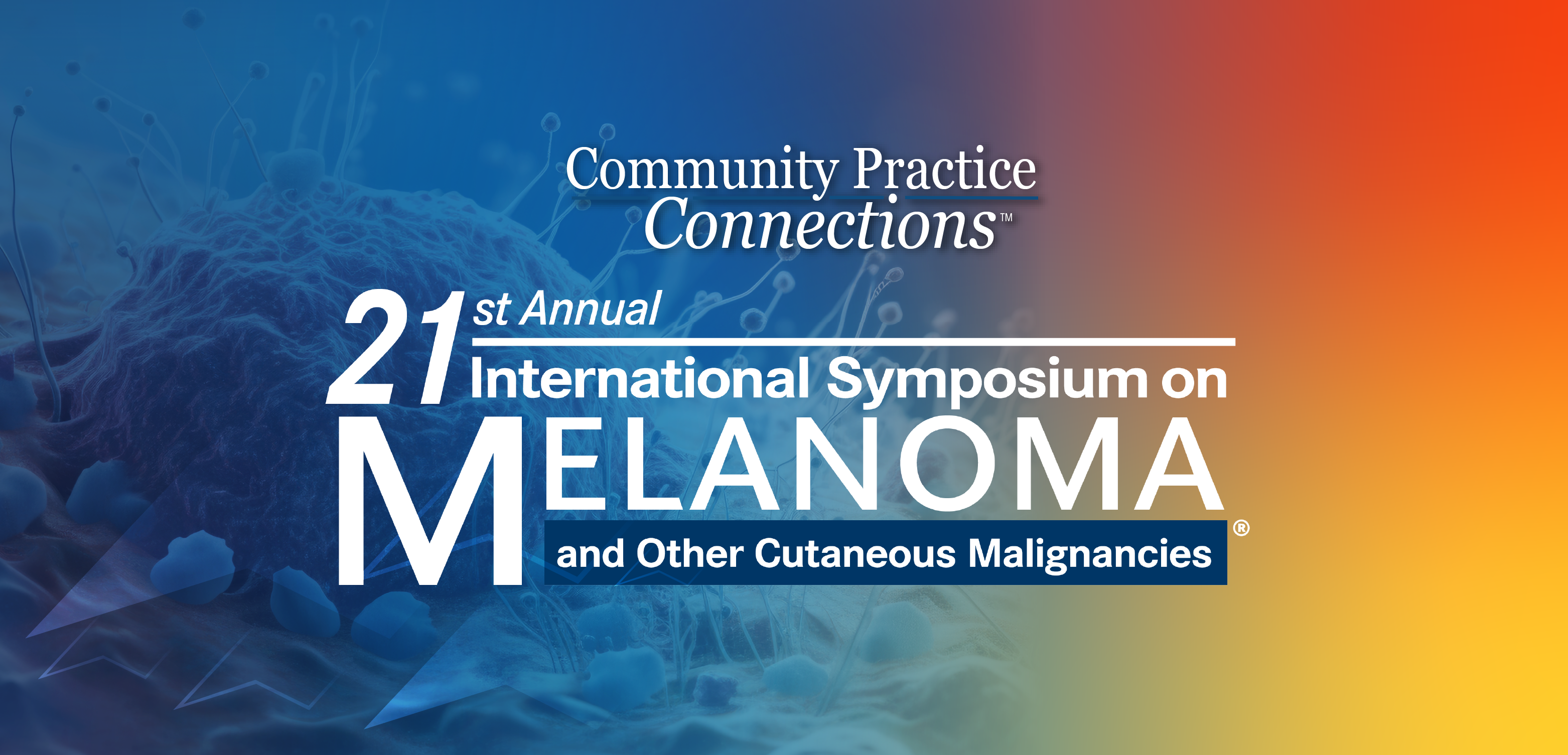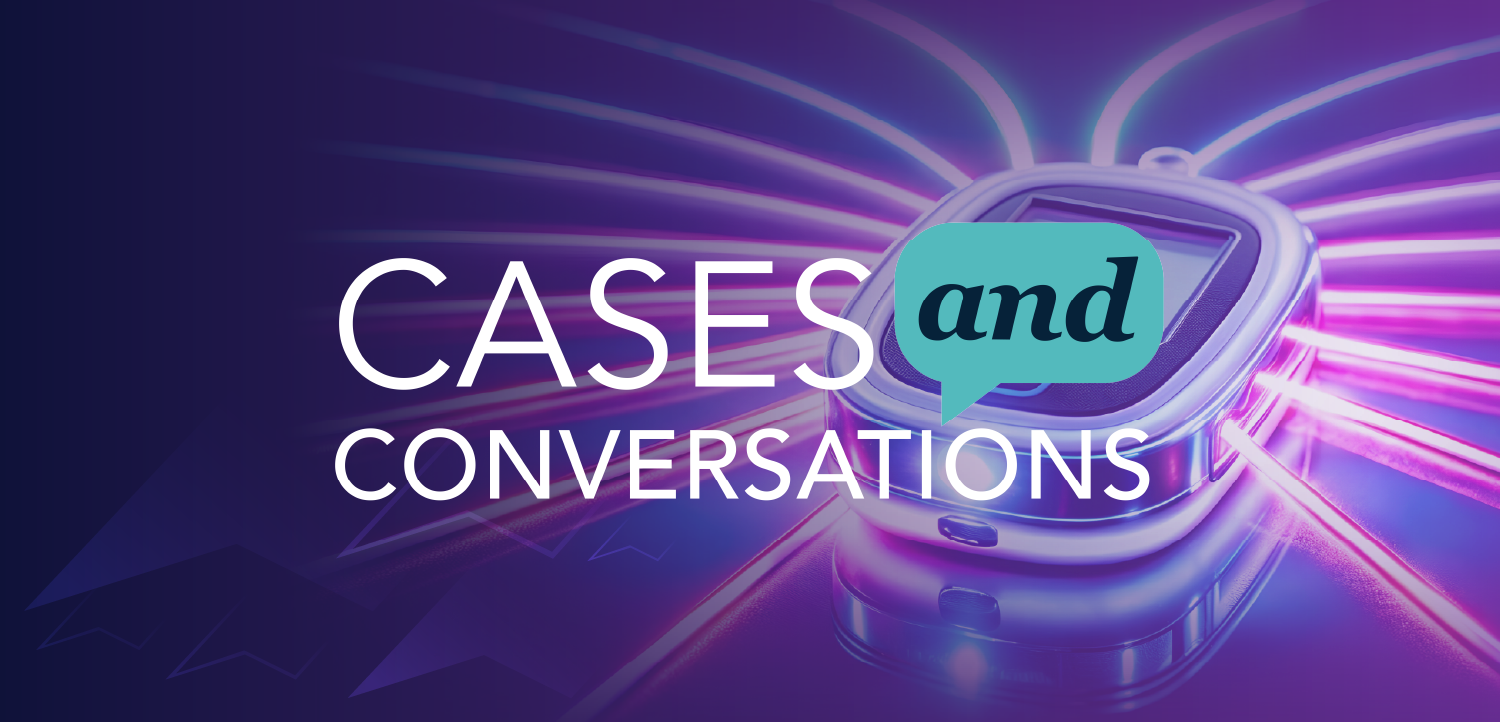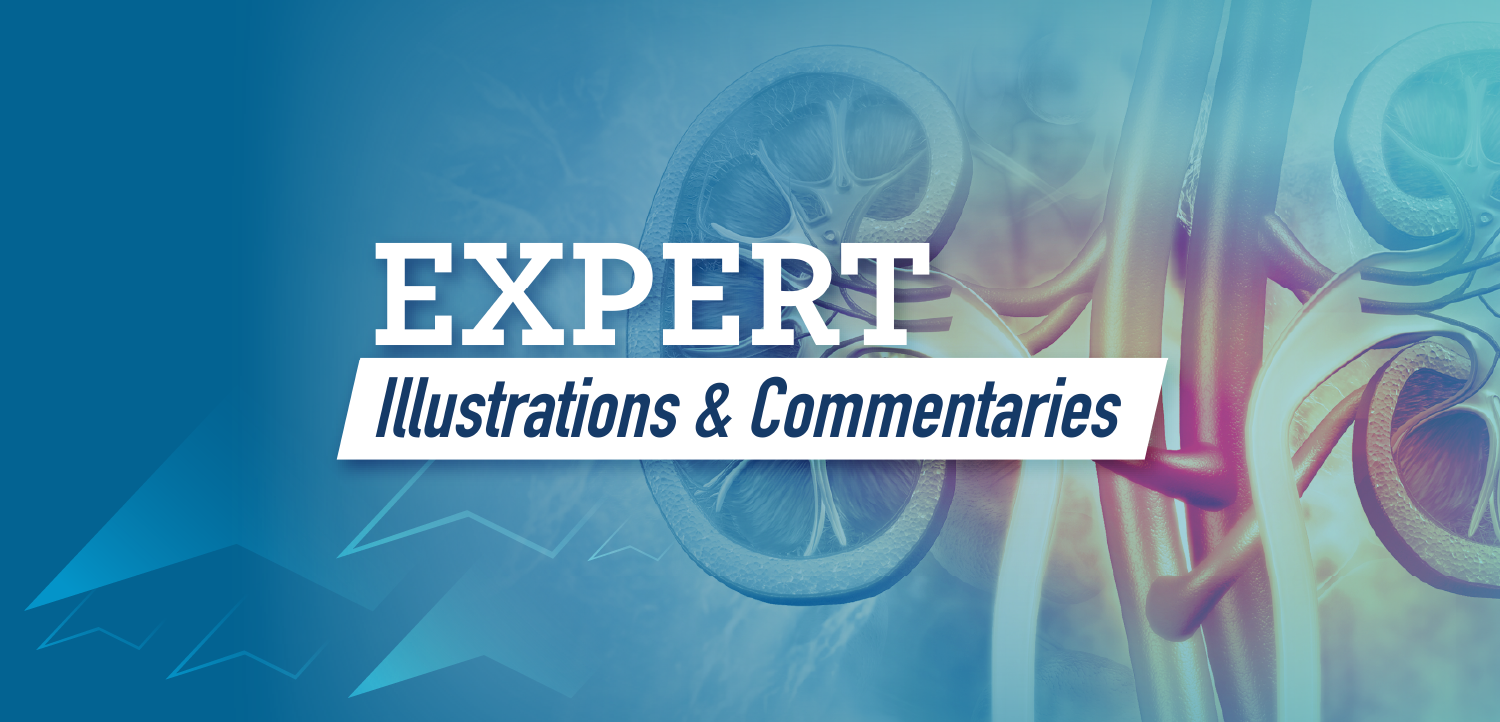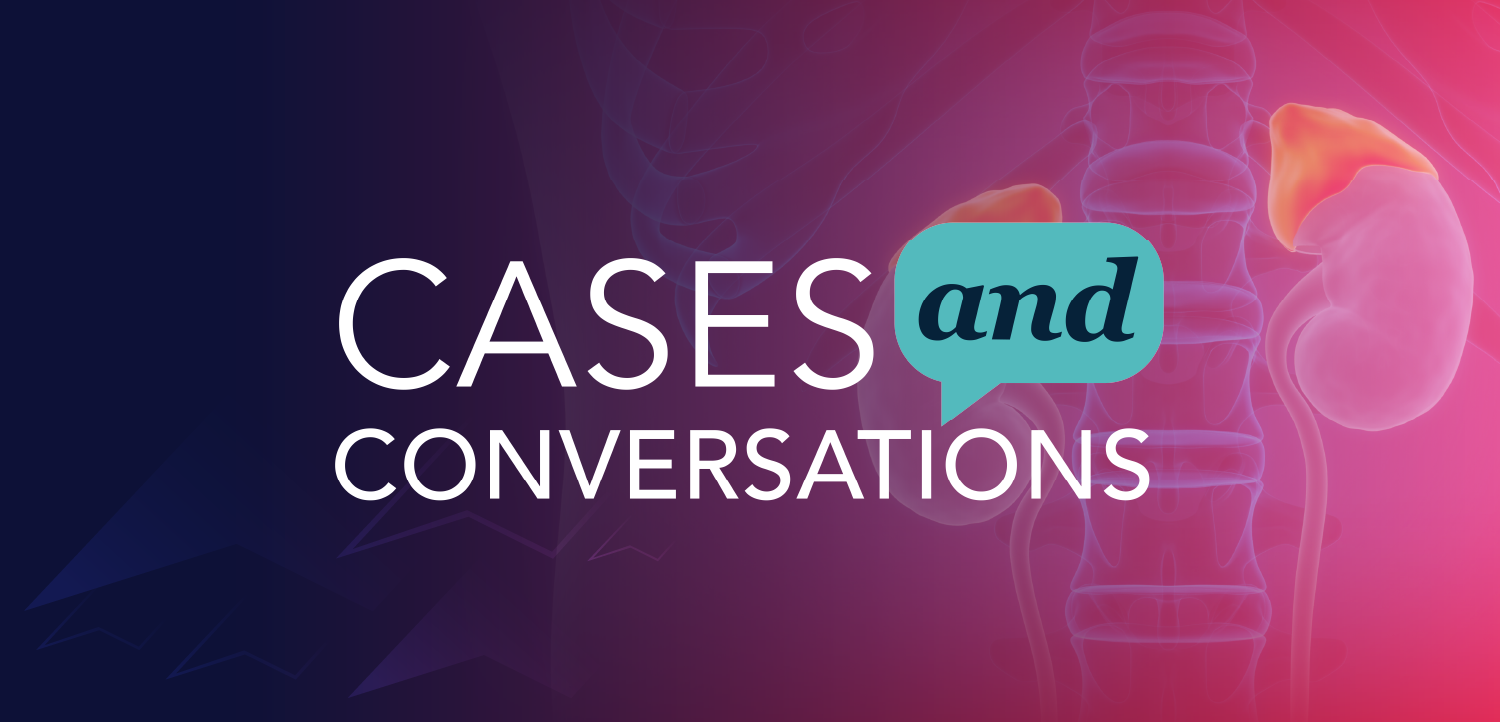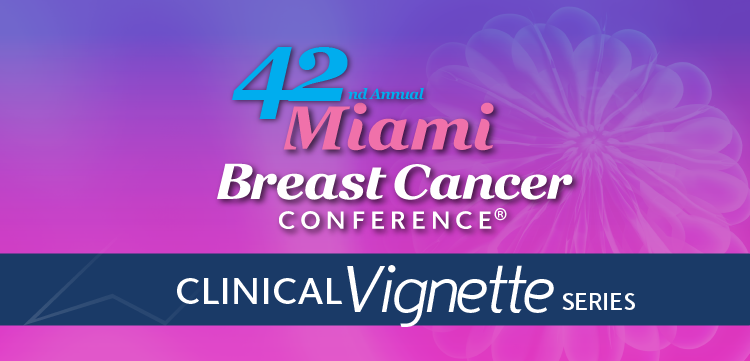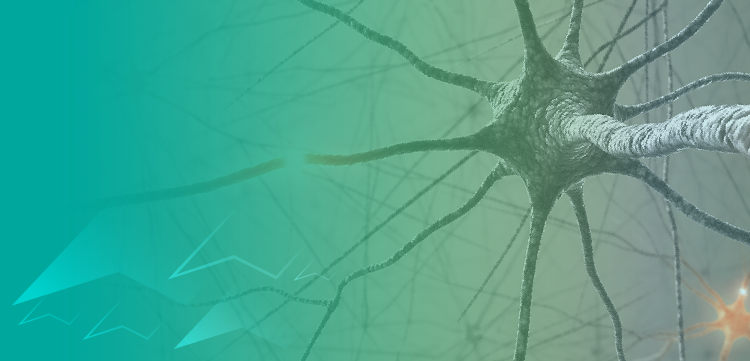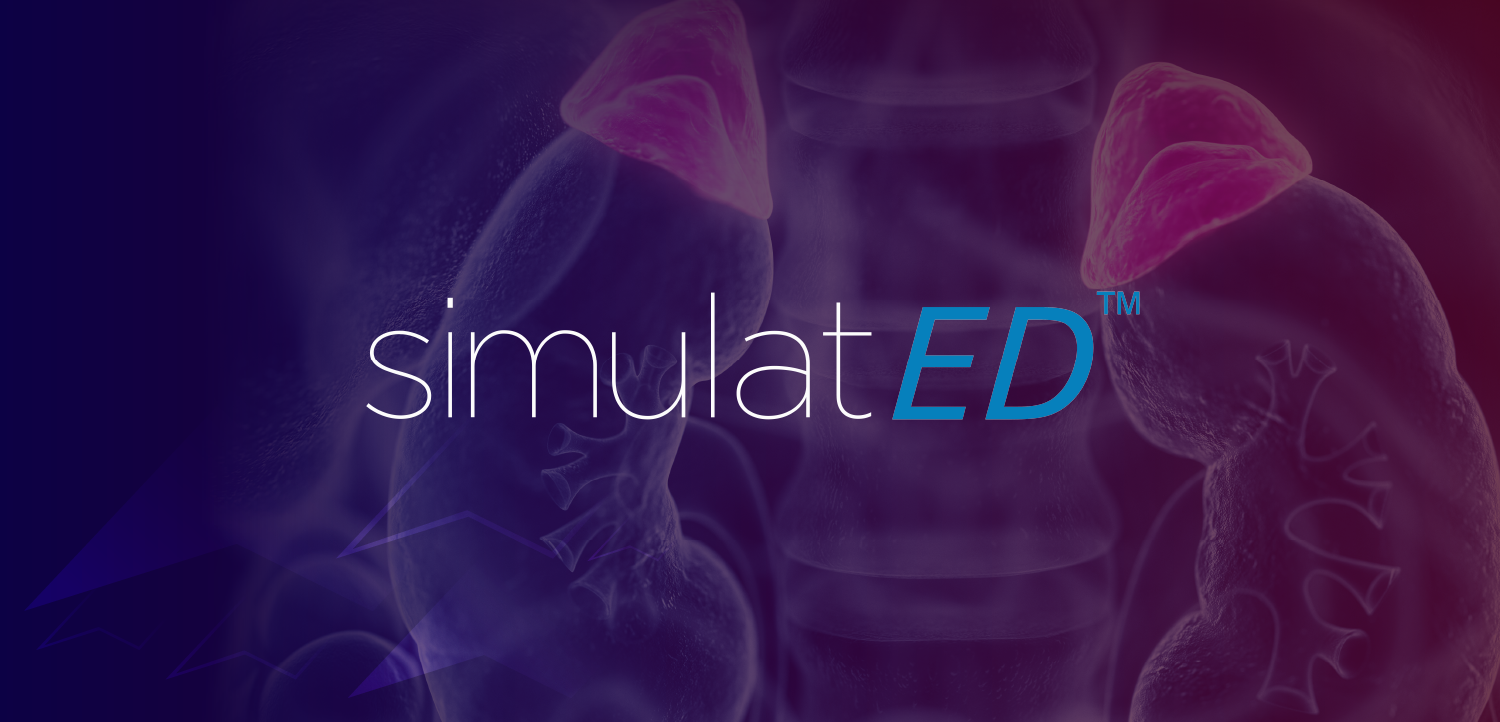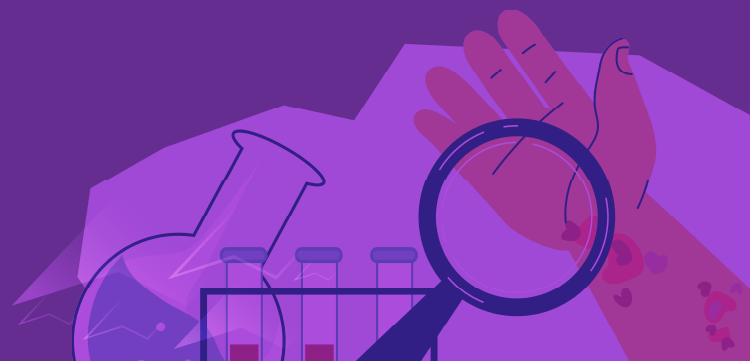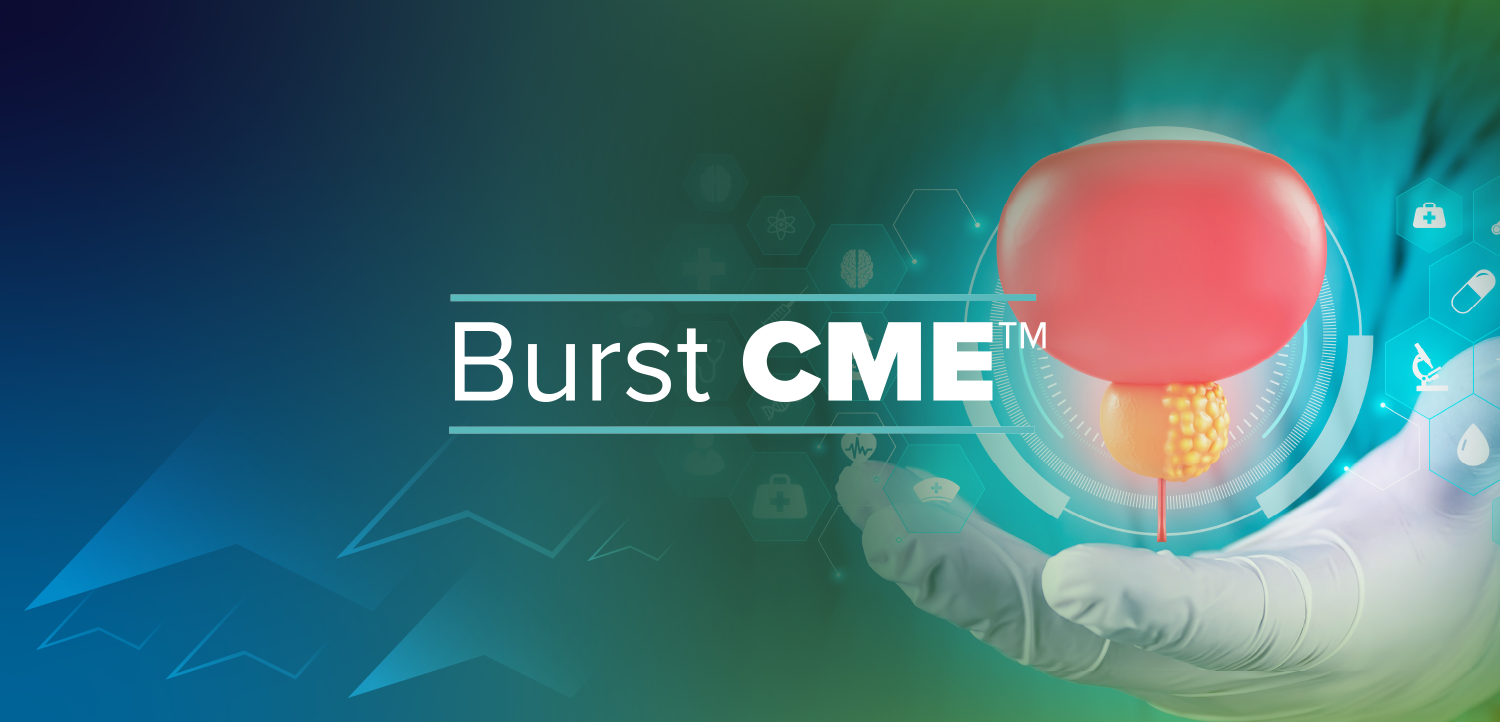
A Differential Diagnosis of Drug-Induced Aseptic Meningitis
Drug-induced aseptic meningitis should be included in thedifferential diagnosis of viral/aseptic meningitis. Cliniciansshould use historical clues in patients presenting with signs andsymptoms of viral meningitis to aid in the differentiation ofdrug-induced aseptic meningitis from other causes of asepticmeningitis. Viruses are the most common cause of asepticmeningitis, with enteroviruses being the most common amongviruses in cases presenting as aseptic meningitis. Ibuprofen iscurrently the most common cause of drug-induced asepticmeningitis. Drug-induced aseptic meningitis is a benign conditionwithout long-term sequelae. The diagnosis of druginducedaseptic meningitis is made by establishing a causalrelationship between the use of the drug and the onset of signsand symptoms, supported by negative tests for infectiouscauses of symptoms and rapidity of resolution after the drugis discontinued. [Infect Med. 2008;25:331-334]
A septic meningitis refers to a nonbacterial inflammation of the leptomeninges.1 Viruses are the most common cause of aseptic meningitis, and the most common viruses that cause aseptic meningitis are enteroviruses. Drug-induced aseptic meningitis is rare but probably more common than the literature would suggest; therefore, it should be included in the differential diagnosis of aseptic meningitis, particularly if aseptic meningitis develops in association with the use of NSAIDs or other offending drugs (Table 1) and if clinical recovery is rapid following cessation of the drug or if results of viral studies are negative.
Table 1
The pathogenetic mechanisms of drug-induced aseptic meningitis are not fully understood, but 2 major mechanisms have been proposed. One proposed mechanism is that the meninges are directly irritated by the intrathecal administration of drugs. The other is that the meninges are expressing an immunological hypersensitivity- most often a type 3 or type 4 hypersensitivity reaction-to the offending drug.2
An association between hypersensitivity reactions and underlying collagen-vascular disease or rheumatological disease has been reported. 1-10 Typically, the cerebrospinal fluid (CSF) profile in drug-induced aseptic meningitis is that of a neutrophilic pleocytosis accompanied by a normal CSF lactic acid level and a variably elevated CSF protein level.1,3 Patients who have druginduced meningitis may have eosinophils present in the CSF (fewer than 5%).
THE CLINICAL PICTURE
Patients who have drug-induced aseptic meningitis typically present with fever, headache, and nuchal rigidity. Signs and symptoms usually appear within 24 to 48 hours after drug ingestion, but symptoms may not occur until 2 years post-therapy.
2,6
Drug-induced aseptic meningitis may develop in a patient who initially was able to tolerate the causative drug.
1,6
In patients who have drug-induced aseptic meningitis, the typical CSF profile reveals a neutrophilic pleocytosis, with several hundred to several thousand white blood cells per microliter; normal glucose levels; and variably elevated protein levels.1,2,4-7 Results of CSF Gram stain and cultures are negative, and lymphocytic or eosinophilic pleocytosis may occur. Drug-induced aseptic meningitis is reversible, with most signs and symptoms resolving within 24 to 48 hours after the drug is discontinued.2,4-7
DIFFERENTIAL DIAGNOSIS
The differential diagnosis of aseptic meningitis is extensive and includes infectious and noninfectious causes (Table 2).1-10 Drug-induced aseptic meningitis is a diagnosis of exclusion. It is important to obtain a history of medical disorders such as systemic lupus erythematosus, the most frequent underlying condition associated with drug-induced aseptic meningitis.7 It is also important to make inquiries about recent vaccinations that may be implicated in the development of aseptic meningitis.2
Table 2
Patients with enteroviral meningitis often present with an early neutrophilic pleocytosis, although a shift to lymphocytic pleocytosis usually occurs within the first 48 hours.1,4,7,10 In normal hosts, enteroviral meningitis has a benign course, usually lasting about 2 weeks. Recovery is typically characterized by decreasing frequency of headaches and stiff neck within the 2-week period.7,9 The condition may be diagnosed by polymerase chain reaction testing of the CSF, by viral culture of throat and rectal specimens, or by serological tests for enteroviruses. CSF lactic acid levels readily differentiate bacterial from viral meningitis.9
Quick resolution of symptoms is an important sign that distinguishes drug-induced aseptic meningitis from viral meningitis, in which recovery usually requires 10 to 14 days.7 CSF glucose levels are usually normal in drug-induced aseptic meningitis, which may help in differentiating it from bacterial meningitis in which glucose levels usually are low.4,6,7,10
Analysis of C-reactive protein (CRP) levels also may be helpful in distinguishing bacterial from a drug induced aseptic meningitis because CRP levels are usually highly elevated in bacterial meningitis compared with drug-induced aseptic meningitis. 2,5 The diagnosis of drug-induced aseptic meningitis is made by establishing a temporal relationship with the administration of the drug and onset of clinical symptoms and rapid resolution of the syndrome after drug withdrawal.2-4,7,10
The most common cause of drug induced aseptic meningitis is NSAIDs. The list of medications that cause drug-induced aseptic meningitis continues to increase and currently includes a wide variety of medications (Table 1).11-28
References:
- Chaudhry HJ, Cunha BA. Drug-induced aseptic meningitis: diagnosis leads to quick resolution. Postgrad Med. 1991;90:65-70.
- Â Jolles S, Sewell WA, Leighton C. Drug-induced aseptic meningitis: diagnosis and management. Drug Saf. 2000;22:215-216.
- Â Hopkins S, Jolles S. Drug-induced aseptic meningitis. Expert Opin Drug Saf. 2005;4:285- 297.
- Â Marinac J. Drug- and chemical-induced aseptic meningitis: a review of the literature. Ann Pharmacother. 1992;26:813-822.
- . Nettis E, Calogiuri G, Colanardi MC, et al. Drug-induced aseptic meningitis. Curr Drug
- Targets Immune Endocr Metabol Disord. 2003;3: 143-149. RodrÃguez SC, OlguÃn AM, Miralles CP, Viladrich PF. Characteristics of meningitis causedby Ibuprofen: report of 2 cases with recurrent episodes and review of the literature. Medicine(Baltimore). 2006;85:214-220.
-  Moris G, Garcia-Monco JC. The challenge of drug-induced aseptic meningitis. Arch InternMed. 1999;159:1185-1194.
- Connolly KJ, Hammer SM. The acute aseptic meningitis syndrome. Infect Dis Clin North Am.1990;4:599-622.
- Â Cunha BA. The diagnostic usefulness of cerebrospinal fluid lactic acid levels in central nervoussystem infections. Clin Infect Dis. 2004;39: 1260-1261.
- Kepa L, Oczko-Grzesik B, Stolarz W, Sobala- Szczygiel B. Drug-induced aseptic meningitisin suspected central nervous system infections. J Clin Neurosci. 2005;12:562-564.
- Â Bonnel RA, Villalba ML, Karwoski CB, Beitz J. Aseptic meningitis associated with rofecoxib.Arch Intern Med. 2002;162:713-715.
- Â Papaioannides DH, Korantzopoulos PG, Giotis CH. Aseptic meningitis possibly associated with celecoxib. Ann Pharmacother. 2004;38:172.
- Â Wittmann A, Wooten GF. Amoxicillin-induced aseptic meningitis. Neurology. 2001;57:1734.
- 14. Mateos V, Calleja S, Jiménez L, Suárez-Moro R. Recurrent aseptic meningitis associated with amoxicillin-clavulanic acid [in Spanish]. Med Clin (Barc). 2000;114:79.
-  Fobelo MJ, Corzo Delgado JE, Romero Alonso A, Gómez-Bellver MJ. Aseptic meningitis related to valacyclovir. Ann Pharmacother. 2001;35: 128-129.
- Â Mondon M, Ollivier L, Daumont A. Aseptic meningitis ornidazole-induced in the course of infectious endocarditis [in French]. Rev Med Interne. 2002;23:784-787.
- Kashyap AS, Kashyap S. Infliximab-induced aseptic meningitis. Lancet. 2002;359:1252.
- Mäkelä A, Nuorti JP, Peltola H. Neurological disorders after measles-mumps-rubella vaccination. Pediatrics. 2002;110:957-963.
- .Ishihara O, Omata T. A case of famotidineinduced aseptic meningitis [in Japanese]. RinshoShinkeigaku. 2000;40:48-50.
- Â Lafaurie M, Dixmier A, Molina JM. Aseptic meningitis associated with intravenous administration of dexchlorpheniramine. Ann Med Interne (Paris). 2003;154:179-180.
- Â Greenberg LE, Nguyen T, Miller SM. Suspected allopurinol-induced aseptic meningitis. Pharmacotherapy. 2001;21:1007-1009.
- Â Mathian A, Amoura Z, Piette JC. Pentoxifylline- induced aseptic meningitis in a patient with mixed connective tissue disease. Neurology. 2002;59:1468-1469.
- Â Peter JB. Ibuprofen meningitis. Neurology. 1990; 40:866-867.
- Â Lee RZ, Hardiman O, O’Connell PG. Ibuprofen- induced aseptic meningoencephalitis.Rheumatology (Oxford). 2002;41:353-355.
- Â Hawboldt J, Bader M. Intramuscular methotrexate- induced aseptic meningitis. Ann Pharmacother.2007;41:1906-1911.
- Â Khan S, Sharrack B, Sewell WA. Metronidazole- induced aseptic meningitis during Helicobacter pylori eradication therapy. Ann Intern Med. 2007;146:395-396.
- Â Kluger N, Girard C, Gonzalez V, et al. Efalizumab- induced aseptic meningitis. Br J Dermatol.2007;156:189-191.
- Â Nesseler N, Polard E, Arvieux C, et al. Aseptic meningitis associated with lamotrigine: reportof two cases. Eur J Neurol. 2007;14:e3-e4.
Newsletter
Enhance your clinical practice with the Patient Care newsletter, offering the latest evidence-based guidelines, diagnostic insights, and treatment strategies for primary care physicians.

